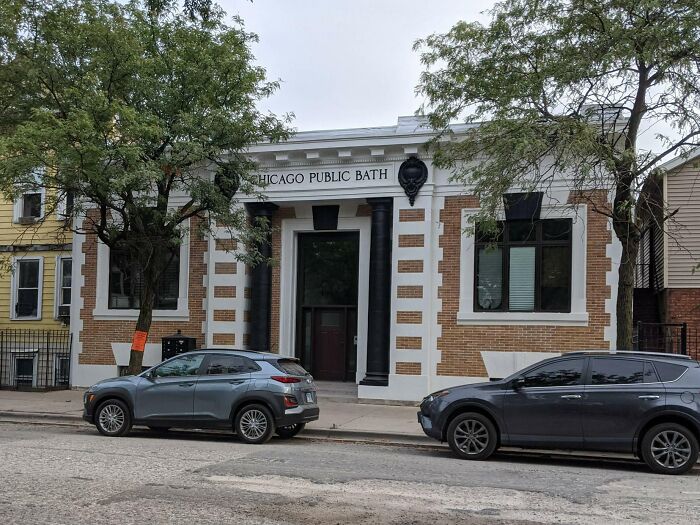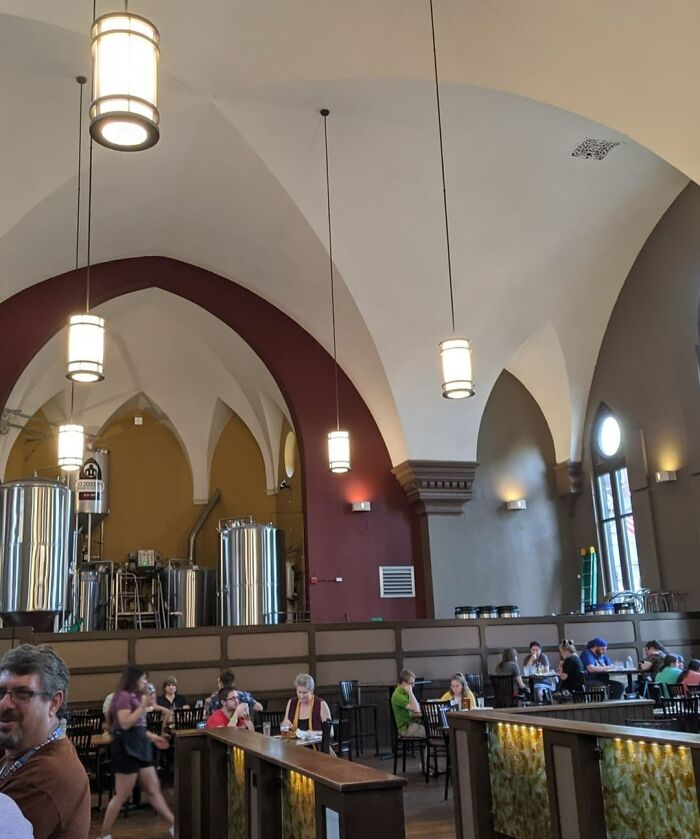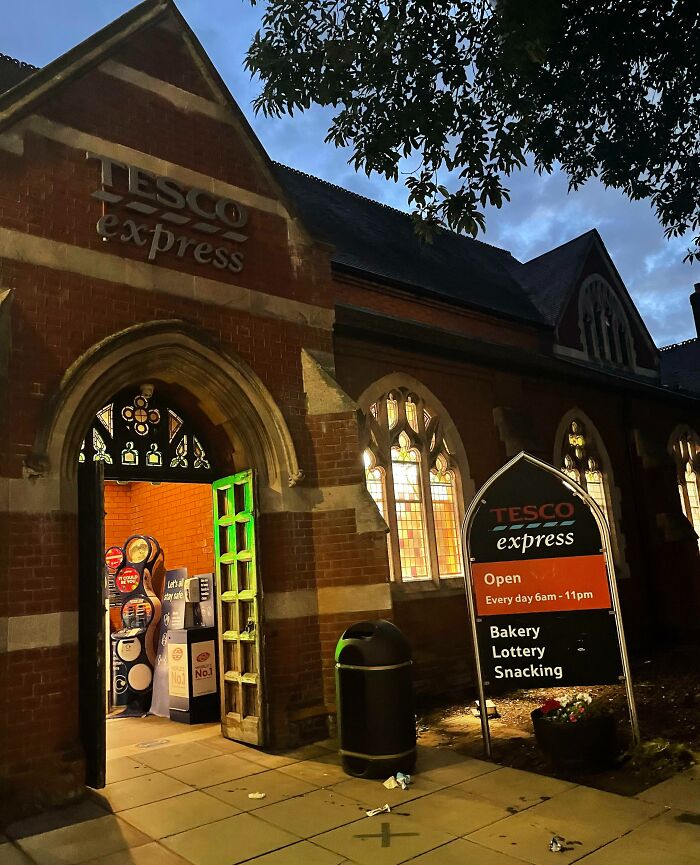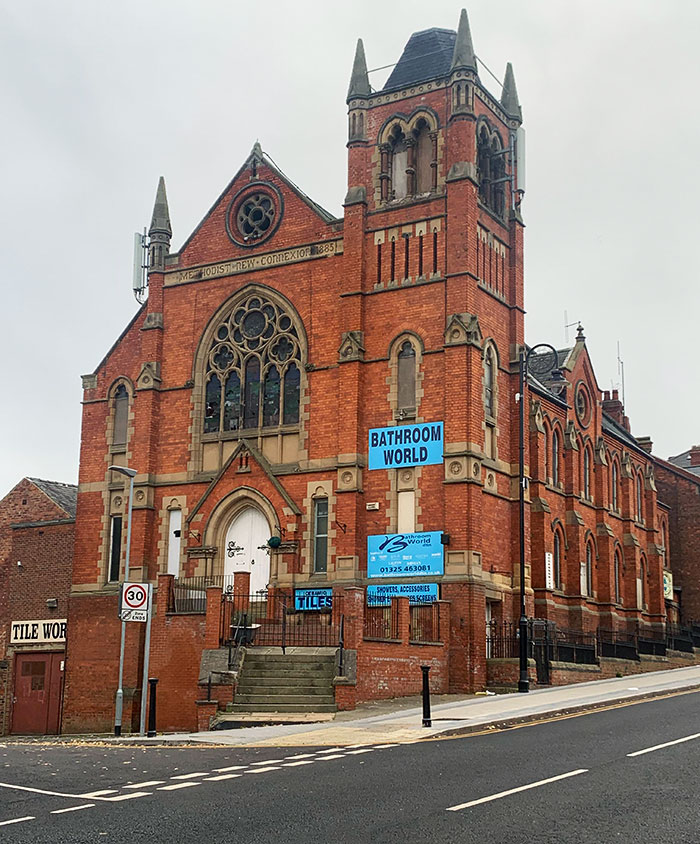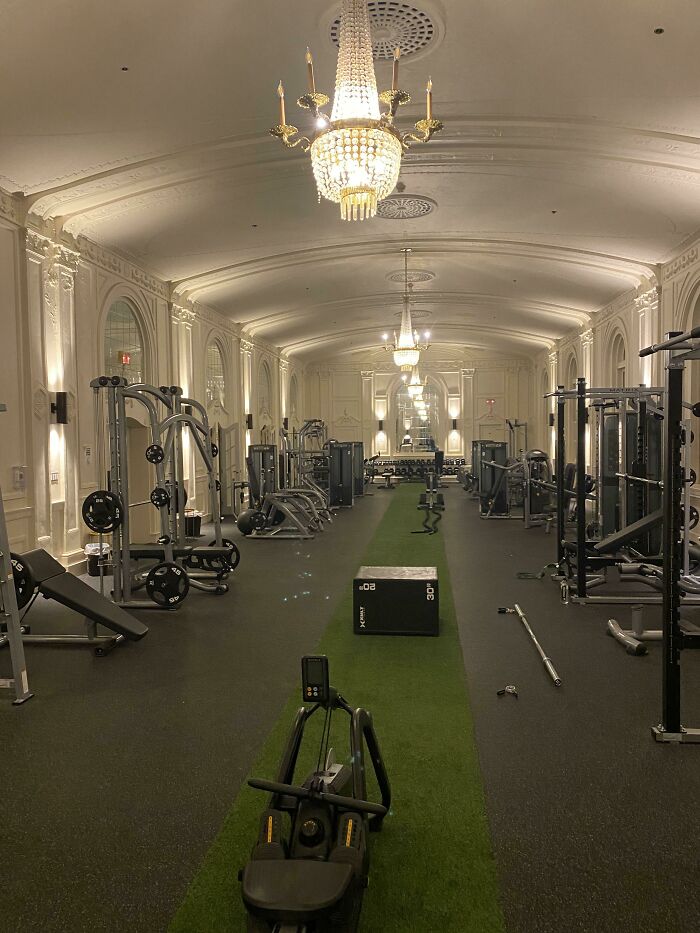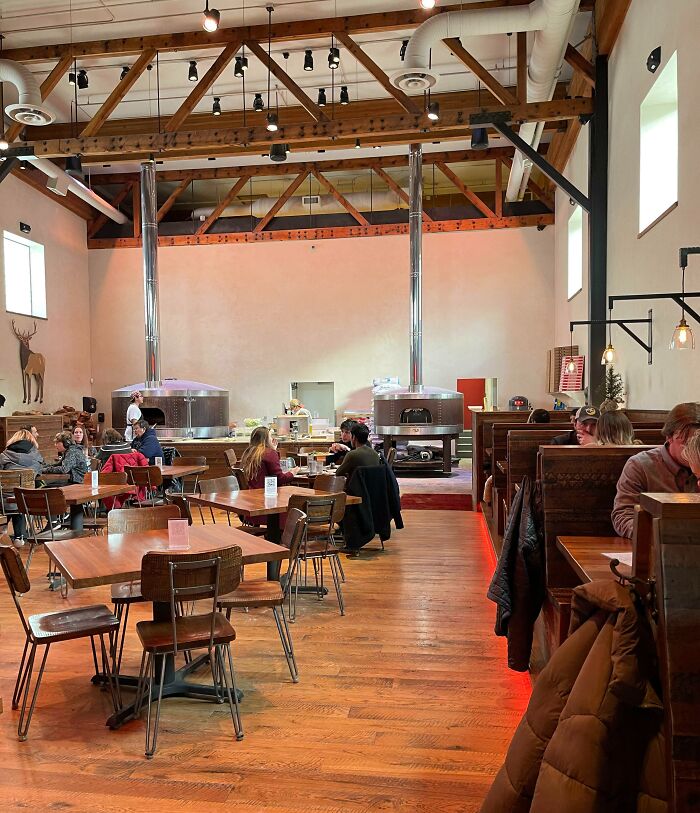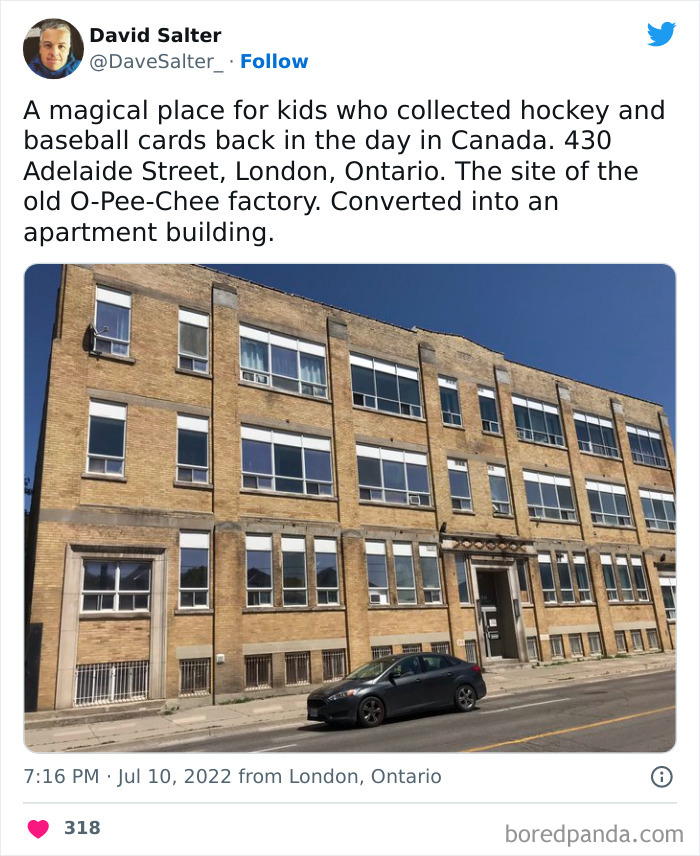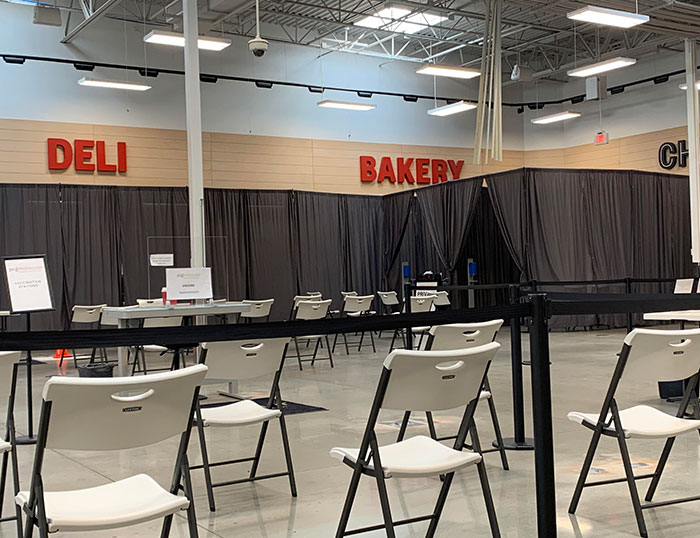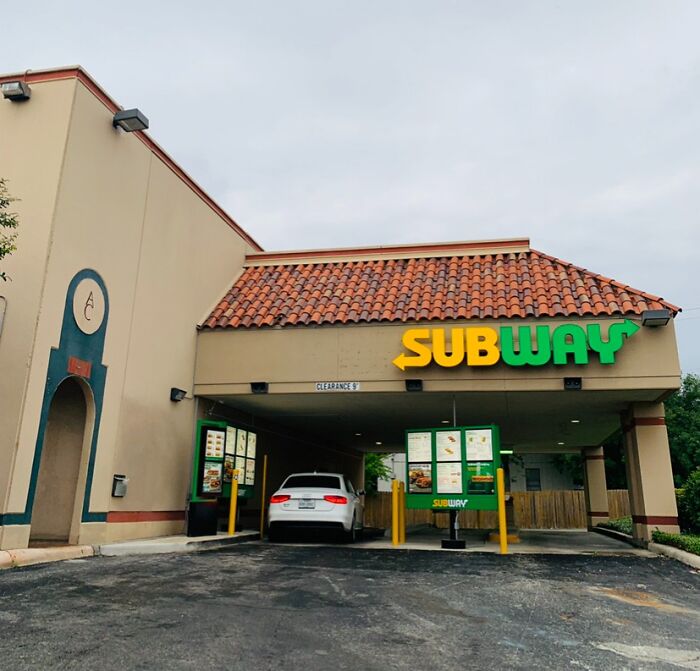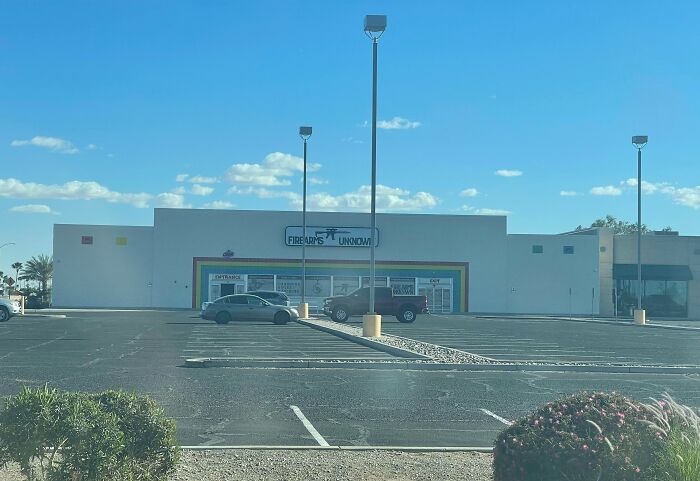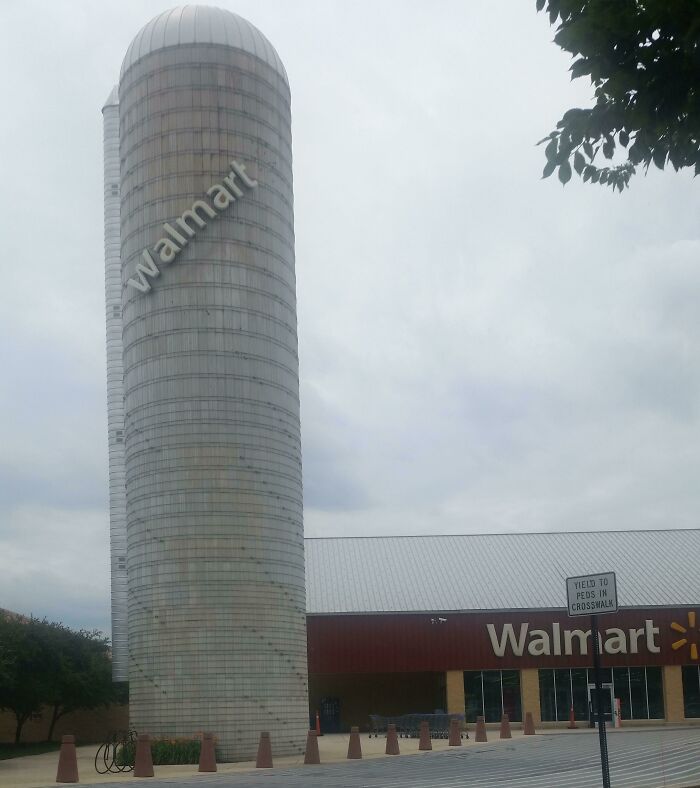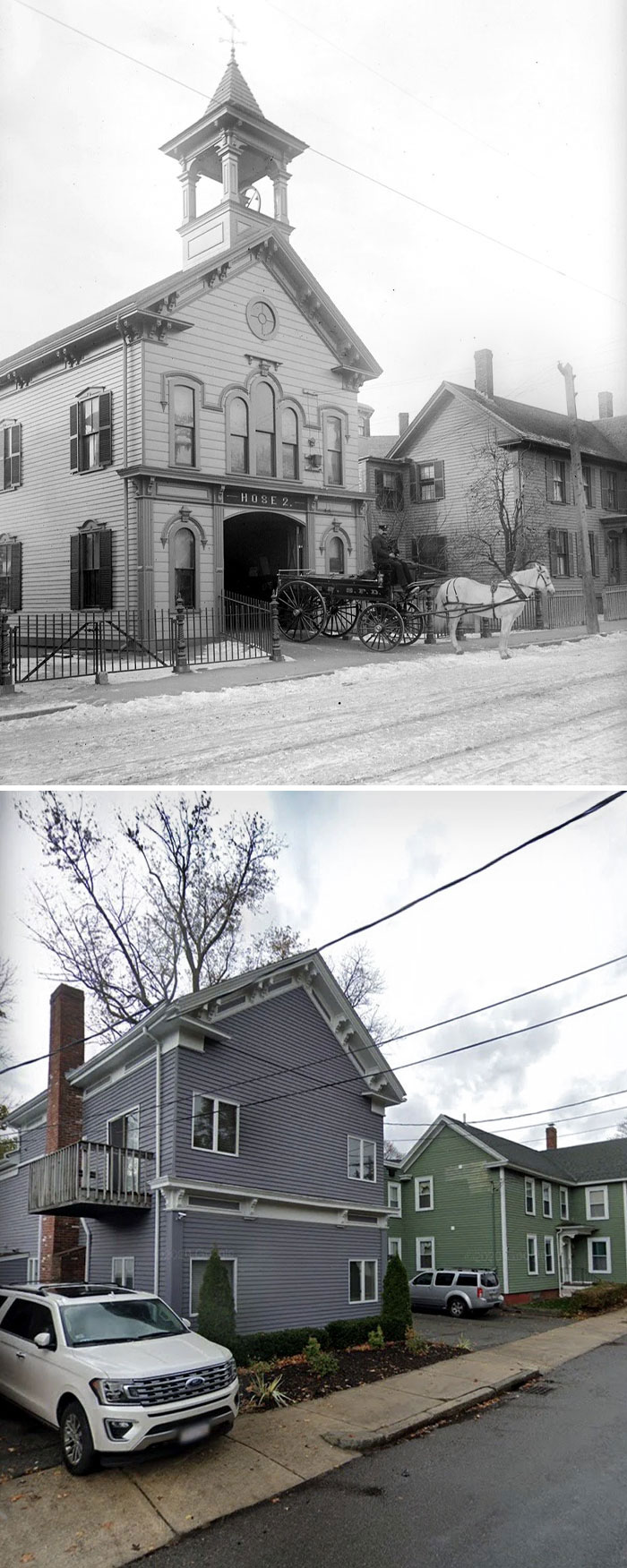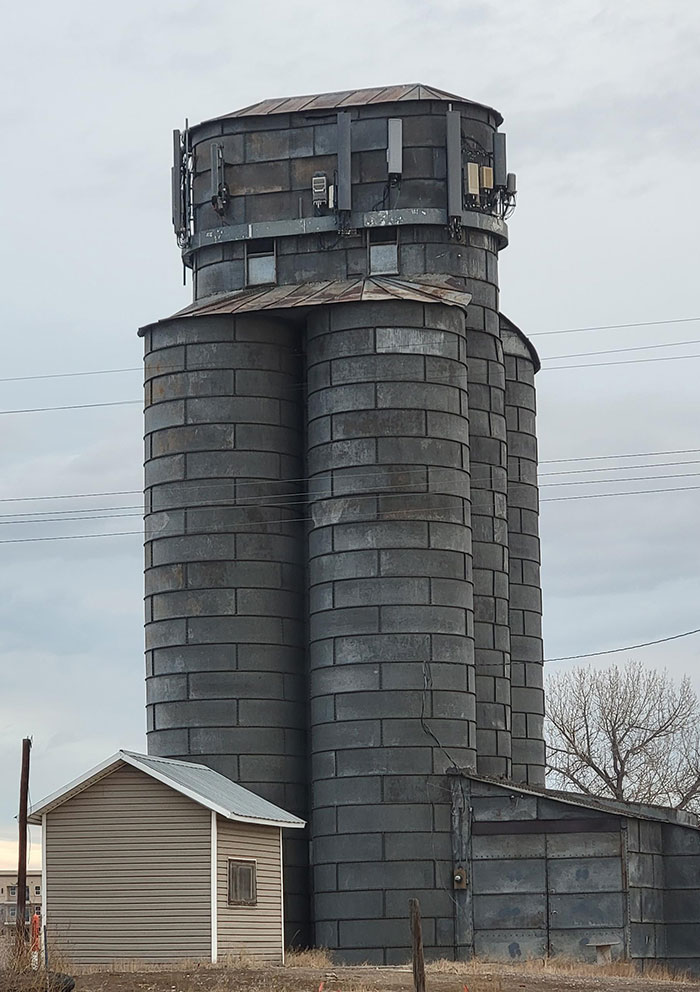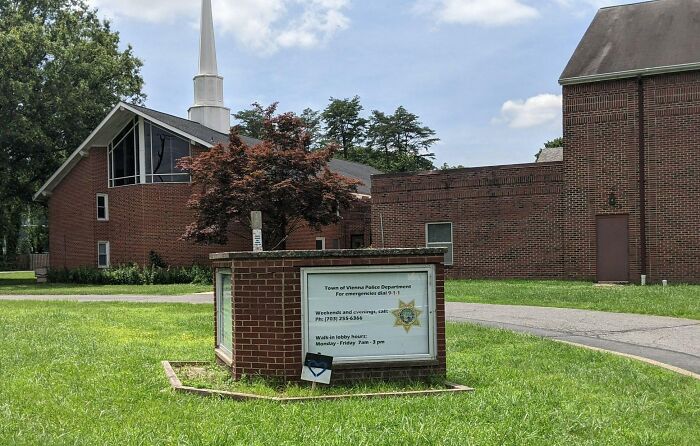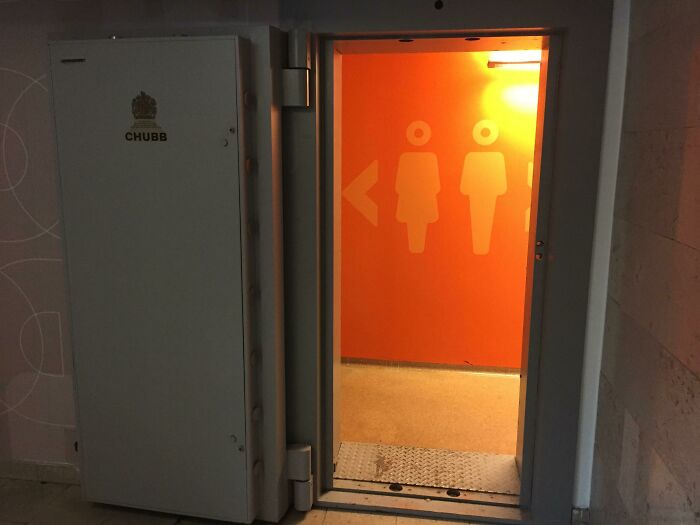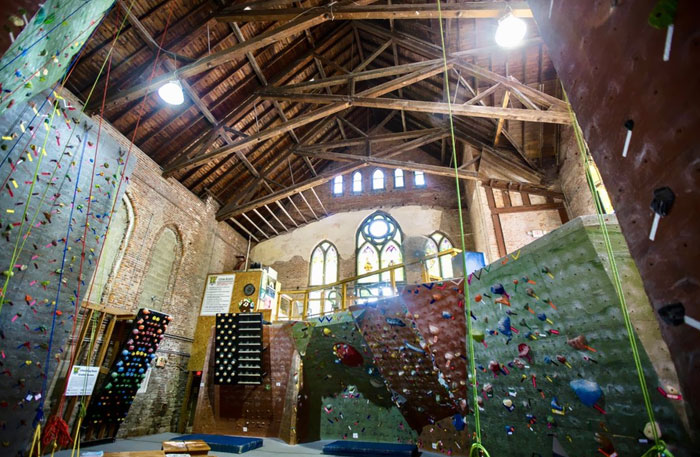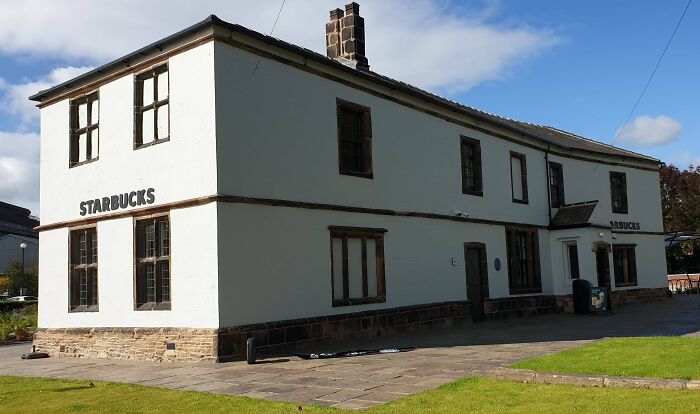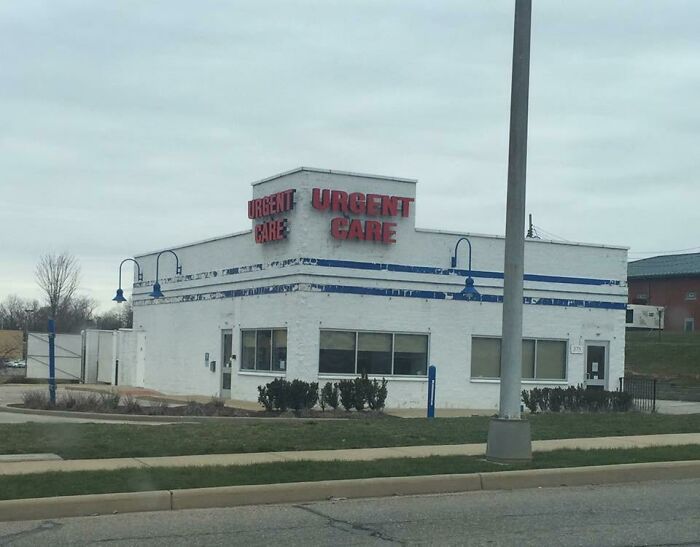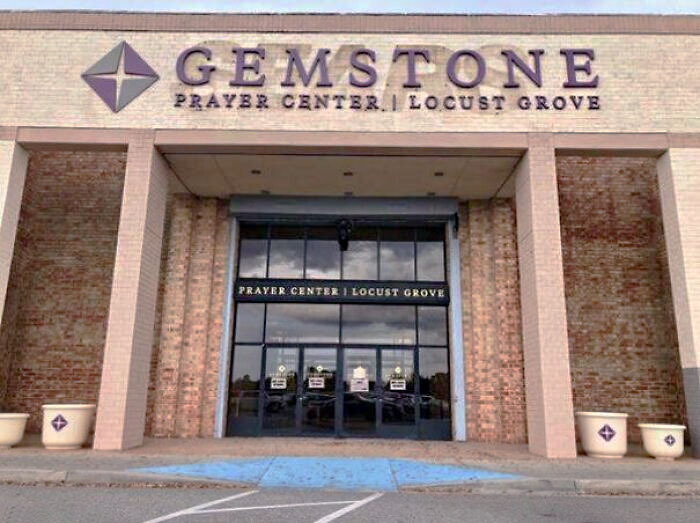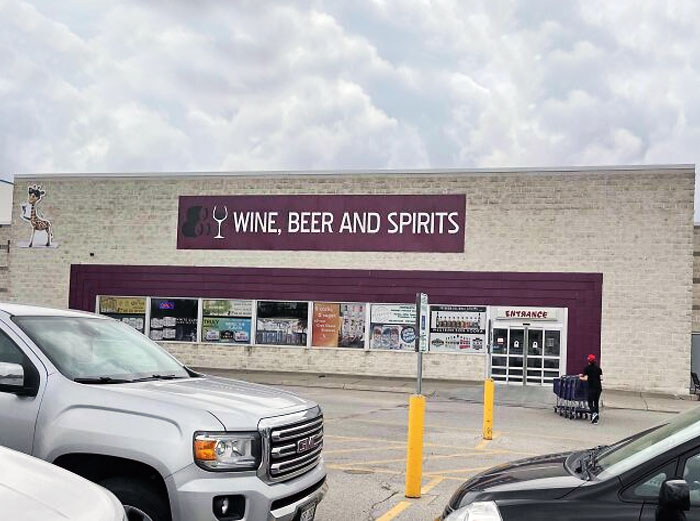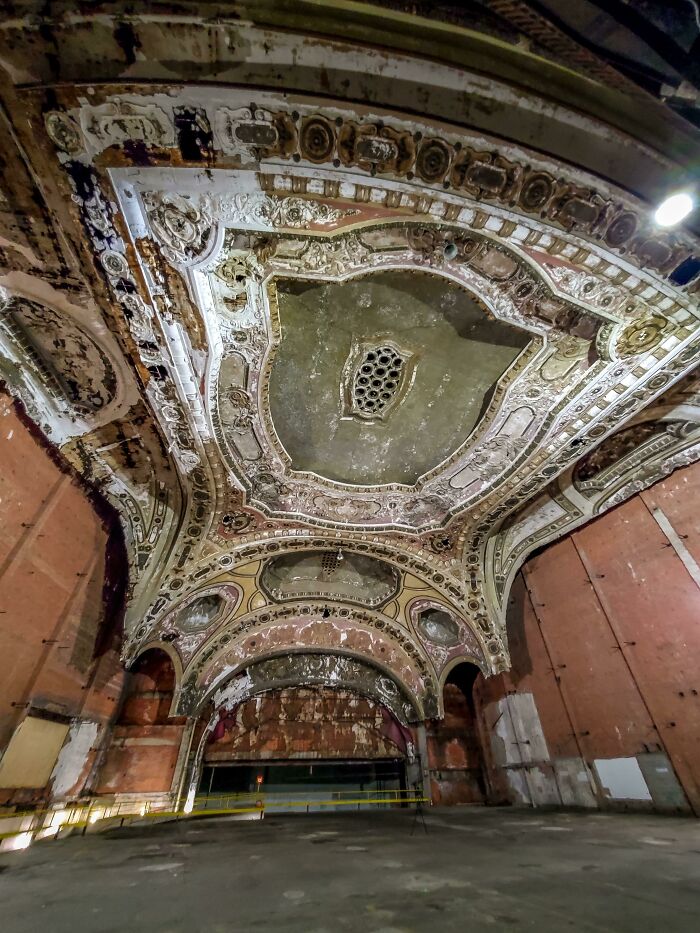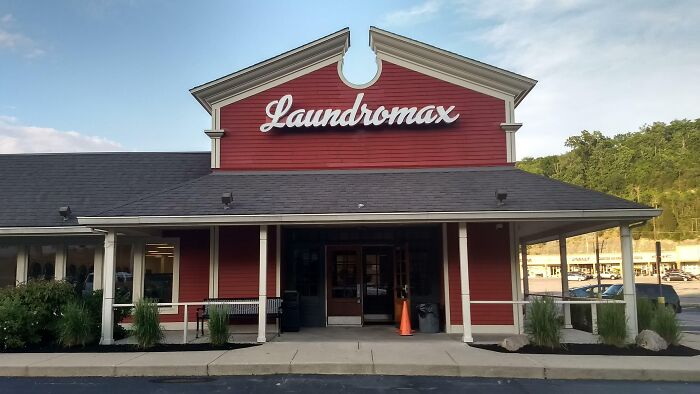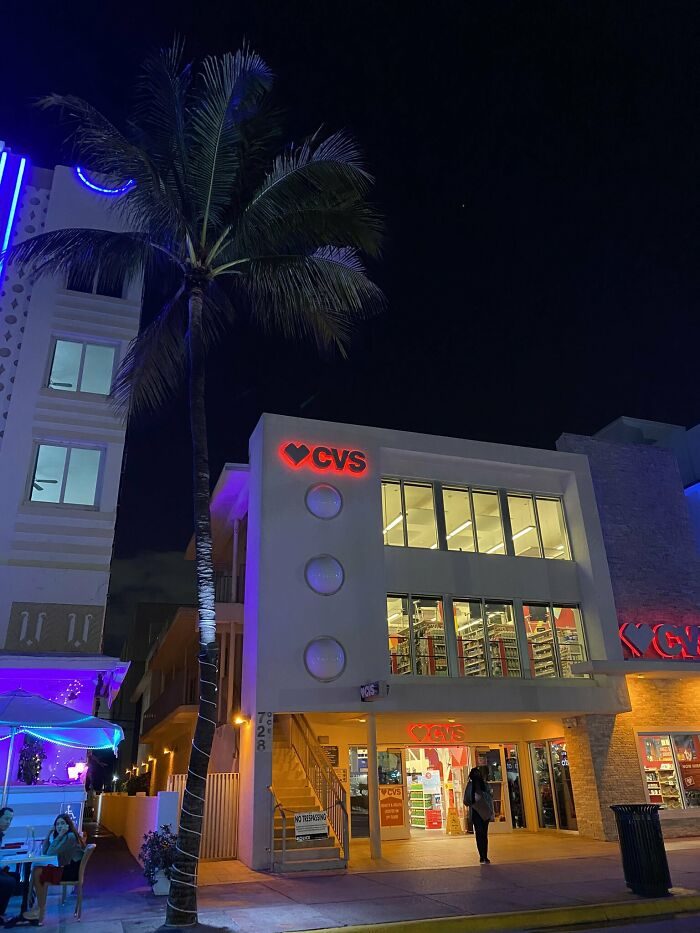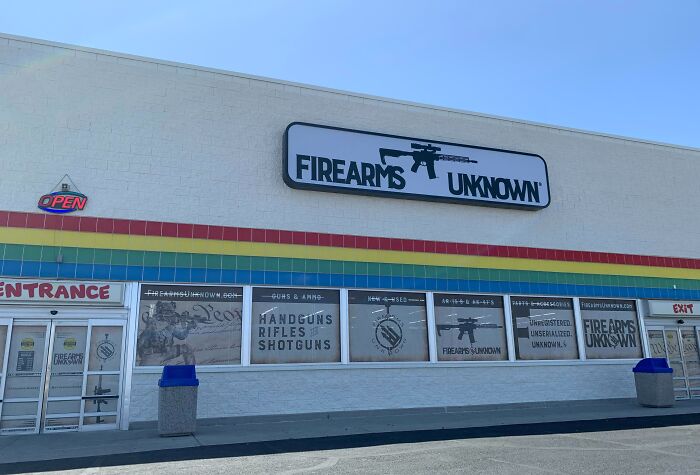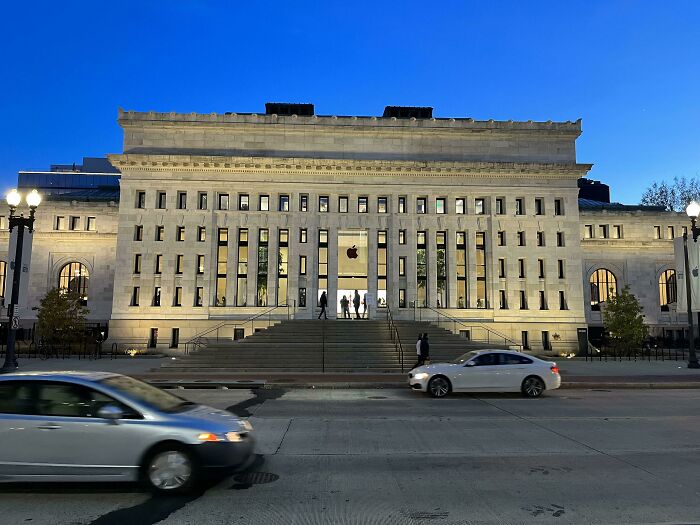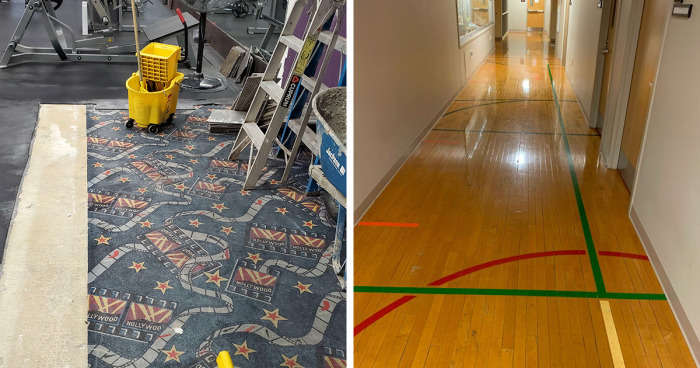
40 Of The Coolest Building Conversions (New Pics)
Buildings, like many other things, wear down over time, so it's no surprise that cities and countrysides are home to abandoned lighthouses and misused warehouses. But a rising architectural approach called adaptive reuse offers a way to give a second life to these structures.
It can offer a lot of useful solutions for the surrounding area, like low-income or student housing, community centers, or mixed-use venues. And since the industry is picking up so much steam, we at Bored Panda decided to expand one of our existing series and make a new list of some of the most surprising repurposed properties.
This post may include affiliate links.
Boekhandel Dominicanen In Maastricht, The Netherlands. A Bookstore In A 13th Century Gothic Church
Fabulous.. Imagine the thing that once truth was kept away from people by destroying books.
Former Olive Mill Turned Into Home In Italy
According to experts, adaptive reuse is important for a community because it:
- Maintains cultural heritage. In areas with historic architecture, adaptive reuse is a form of preservation. It restores culturally significant sites that would otherwise be left to decay or demolished to make room for parking lots.
- Slows urban sprawl. When builders search for new construction sites, they must often choose land further outside of a city center since the land within a city is usually occupied by old buildings or more expensive real estate. This fuels the process of urban sprawl, a term for the unrestricted expansion of urban areas, contributing to air pollution and other environmental impacts, dangerous traffic patterns, higher infrastructure costs, and social isolation. Adaptive reuse offers a counter to this phenomenon.
- Creates a new community beacon. Adaptive reuse architecture is functional and often incredibly beautiful. For example, the Tate Modern art gallery in London is housed in a building formerly known as the Bankside Power Station, a decommissioned electricity plant. Taking an adaptive approach allowed builders to create a unique and beautiful art gallery that is now a cultural attraction in the city.
Waterstones Book Shop - Bradford, West Yorkshire
My Local Library Moved Into An Old Grocery Store
The Place Where Julius Caesar Was Murdered Is Now A Sanctuary For Cats
Adaptive reuse is an excellent option for many projects because it can lower construction costs. On the whole, it uses more labor than it does building materials, and while material costs have skyrocketed in the last few decades, labor costs have increased only slightly.
Adaptive reuse also forgoes all demolition expenses, which are often expensive and a significant portion of a construction budget. Local tax incentives and federal historic tax credits for the adaptive reuse of buildings ease budget concerns for builders repurposing old buildings.
Atocha Tropical Garden In Madrid, Spain. The Building Once Was The Old Train Station Before The Transportation Hub Was Expanded To Include Its High-Speed Train Links
The sprawling garden contains 7,000 plants from more than 260 species.
The Parking Garage Turned Into 44 Apartments In Wichita, Kansas
Is that floor polished concrete? If so, it's cool (in both meanings) that they kept it.
An Old British Telephone Box Which Was Decommissioned From Public Use. This One In Bath Has Been Turned Into A Flower Bed
This Old Church Has Been Converted To Self-Catering Accommodation In Scotland
Adaptive reuse can also speed up construction since building a new structure often takes significantly longer than rehabbing an existing one.
Many spaces in an old building may be habitable after only minimal refurbishment, so even if the project is still ongoing, owners can open parts of the building for business.
I Converted A School Bus Into My House
This Walgreens Is In An Old Bank
My Airbnb Was An Entire House Built Inside A Barn
These Old Silos In Oklahoma Were Converted To A Rock Climbing Gym
Interestingly, reinventing heritage buildings isn't something new – the ancients did it too. According to Candace Richards, who is the assistant curator of the Nicholson Collection, and has been part of the Sydney University Museums team for more than 15 years, anywhere permanent materials such as marble and granite were used to build monuments and infrastructure, recycling and reuse followed.
"The ancient Roman world is littered with examples of architectural recycling," Richards wrote.
My Apartment, A Converted Church From The 1800s, On A Cold Evening In London
The Floor In The Design Building At My College Is The Basketball Court It Used To Be
Grand Avenue Mall. The Way It Was Remade Into Apartments Turned It Into A Somewhat Surreal Space
I Converted A Van Into A Home And Now Work Remotely And Travel Full-Time
"The Arch of Constantine is possibly the most referenced structure in spolia studies," Richards said. "Dedicated in 315, the arch celebrates Constantine's victory over his rival Emperor Maxentius at the Battle of Milvian Bridge."
"First noticed by Raphael, the arch was built from a mixture of new and recycled decorative building material. Scenes of animal hunts, religious sacrifice, and historic battles were taken from monuments built in the second century CE, including those of the emperors Hadrian, Trajan, and Marcus Aurelius. These scenes represented the 'golden years' of Rome's past."
This Is The New Life Of A Rescued And Repurposed Gothic-Arch Barn Near Manassas, VA
The Gym I Go To Is Renovating. They Knocked A Few Walls Down And Revealed It Used To Be A Hollywood Video
My Hotel Used To Be A Prison
The one in Oxford is well worth a visit. And you can still get porridge;
This Massive Library In Barcelona Is Built In What Was Formerly A Water Deposit Built In 1874
The pillars and vaults, inspired by the Romans, are this large as the water was held in a pool on the roof
Richards highlighted that Constantine didn't just simply recycle these pieces; he reworked the stone faces of Rome's greatest emperors into his own image.
"With this act, the emperor takes on all the great qualities of his predecessors and sets himself up as the rightful leader of Rome. This recycling takes us into a world of political propaganda, something the Romans were renowned for," she explained.
My Apartment For The Night In Porto, Portugal Has A Preserved 12th Century Wall And Staircase Encased In The Bedroom
This Old School NYC Subway Entrance Got Turned Into A Subway Entrance
That's Cool, But Are We Just Going To Gloss Over The Presumably Spine-Tingling Story Of Why The Side Entrance To Your Lab Has Been Bricked Over For Decades
The story probably isn't spine-tingling. An entrance is often abandoned due to reconfiguration of the building interior, or because it cannot be modified to be wheelchair-accessible.
Our Table At The Local Cafe Is Positioned Over A Medieval Well
As an American, this kind of thing astounds me. Everywhere else in the world has such rich and well preserved history, and we never experience this sort of thing on a daily basis. I often wonder: do those of you who live in Europe, for example, become immune to the beauty around you, because you see it every day?
Natural disasters and invading armies often left ancient monuments in ruin and created a stock of marble, granite, and sandstone that could be reused in new constructions. While the materials may have changed, it's clear that adaptive reuse is not a new approach.
Stayed In A Boeing 747 Converted To A Hostel At Arlanda Airport, Sweden (Jumbo Stay)
A Beautiful Old Church Was Converted Into An Awesome Climbing Center, Retaining Original Features Like Stain Glass Windows And An Altar (Manchester Climbing Center, UK)
Vermont Converted Barn - Cozy Living Room
This Church Has Been Converted Into A Bar
A Fantastic Looking Building
Synagogue Turned Into A Café In Trnava, Slovakia
Most of the congregation were killed in the genocide of the Holocaust. There is currently no active Jewish community in Trnava. The building was damaged during WWII. The synagogue was partially restored in the 1990s – the restorers chose to leave signs of the devastation the synagogue suffered before and after World War II and repaired in 1990.
Juerg Judin House, Berlin, Germany. Was Originally A Gas Station Built In The 1950s
A Supermarket In An Old Theater In Venice, Italy
Cozy Converted Church I Stayed In
The Carvings Around My Doorframe - 18th Century Converted Manor
Every Apartment In This Block Has Been Turned Into A Cafe Or Restaurant
A Trampoline Park Inside A Former Church
My Hotel Used To Be A Prison
A Grocery Store Inside A 3rd Century Roman Imperial Palace In Croatia
One Of Our Local Libraries Moved Into An Old Marsh Supermarket
I KNOW WHAT CITY YOU LIVE IN BECAUSE I LIVE IN IT TOO. it was temporary and now moved back, if you wanna know where this is -> 2140 E. 116th St Carmel IN USA
Fire Station Turned Into Apartments
I live in a firestation/police station. The ceilings are super tall with gorgeous windows but the insides were done on a shoestring budget and it shows. We still have the fireman's pole and circular stairs, as well as jail cell doors in the first floor apartment. But there are brick interiors and tall, arched windows. If it's done right these places can be gorgeous.
Found This Amazing Spot In Colorado Springs. I Love Old Repurposed Buildings - The Principal's Office Brewery And Cafe. Straight Up Awesome Repurpose Of A 100-Year-Old School
La Piscine – André Diligent Art And Industrial Museum, Which Opened Its Doors On October 21, 2001, Is Installed On The Site Of The Former Art Deco Municipal Swimming Pool
Anyone else think there was still a pool full of water in the middle?
This Fast Food Drive Thru Used To Be A Car Wash
Castle Turned Into Prison; Prison Turned Into Hotel - Oxford
This was used in an episode of Inspector Lewis (series 1, episode 2, Old School Ties).
13th-Century Church Converted To A Bookstore
Red Phone Box Repurposed Into A Mini-Cafe
An Old Telephone Box In My Village Turned Into A Book Swap
Converted A Retired Ambulance Into A Mobile Tech Repair Office
Just Finished Signing The Lease On The Most Gorgeous Waterfront Loft In A Repurposed Historical Mill Building Downtown, And We Could Not Be More Excited
This Old Movie Theater Turned Into A Gym (Long Island, NY, USA - Via Colossal)
My Store In Houston, TX Used To Be A Movie Theater
Our Spirit Halloween Used To Be A Christian Bookstore, And The Signage Is Still Up
Gas Station Turned Into A Plant Material Shop
My Local Mall's Old-Timey Bank That Got Turned Into A Pinball Arcade
A Brewery In My Hometown Converted A Church Into Their Taproom/Brewery
Restaurant, In The Same Building As A Blockbuster Used To Be, Uses VHS Tapes As Wall Decor
This Building Opened As The Lansdowne Picture Palace In 1914, Was Repurposed As A Nightclub In The 1950s And Is Now A Sainsbury’s Local Supermarket. Sheffield, UK
Kind of a shame how many of these older buildings are turned into grocers and convenience stores. I understand not wanting to waste the space but...it just feels so crappy seeing such beautiful architecture being wasted on something so trivial.
Dublin Church Transformed Into An Insurance Company’s Headquarters
Old Phone Box Turned Into A Defibrillator
These Silos Were Turned Into Apartments
Archery Point Converted To A Bathroom In This Castle Spire
Repurposed Payphone Booths At My University Have Campus Computers In Them
The Underground Vault Of Maryland Trust Was One Of The Few Structures To Survive The Baltimore Fire. Today, It Is Used As A Boardroom In The Springhill Suites Hotel
The Baltimore fire of 1903 destroyed almost every building in Downtown Baltimore, causing $2.5 billon in damage.
This Grain Silo Converted Into A Home
Dragons Den Ropes Course In Homestead Inside Of What Used To Be Mary Magdalene Church
From Small Reservoir To Small Home. Africa
Local Football Stadium Is Being Turned Into A Popup Medical Clinic
A very similar setup was used for COVID vaccinations near me in a former department store. I've never seen a government-run operation move so quickly and efficiently.
A School-House In Kansas Turned Into An Apartment Building
This Repurposed Blockbuster Store
The McDonald's Has A Retired Aircraft Repurposed As A Playground
Old Baptist Church Being Turned Into Spirit Halloween
Church Of Sushi
Rock Climbing Gym In Old Movie Theater
Original Brickwork From 1780 Preserved In A Beauty Shop
Local Pub Has An Old Well Turned Into A Fish Tank
This Taco Bell Restaurant Is Constructed From Repurposed Shipping Containers
I saw a lot of this sort of thing in Christchurch, thanks to the earthquake. They'd re-established an entire shopping area using nothing but shipping crates. Cafes in shipping crates, a bookshop in a shipping crate, a bank in a shipping crate, a post office in a shipping crate, etc. It was all very trendy.
Peckham Levels, A Multistory Car Park In London, England, Converted Into A Food And Entertainment Venue By Carl Turner Architects In 2018
The Amish By My House Own An Old Airplane Hanger They Turned Into A Hockey Rink
This Doctor's Office Preserved Graffiti From When The Building Was A Abandoned Industrial Building
This Bar At My Hotel Used To Be A Bank Vault
This Church Was Converted To Townhomes
An Old Barn Near Me Got Converted Into A McDonald's
Church Turned Coffee House In Seward, Alaska
This Repurposed Old Phone Box Being Used To Sell Cannabis CBD Oils. Dr. Who Moving Up In High Life
This is an absolute great idea. There are so many people who can benefit from CBD oil.
My University Converted A Nearby Church Into A Lecture Hall
This Bank Turned Into A Cookies Store
This Gas Station Converted To A House
A Church Turned Into A Concert Venue In Pittsburgh, PA
Dining In A Converted Train Carriage
Pinball Arcade In A Former Bank. (Terre Haute, Indiana) (Bank Of Pinball)
A Dispensary In A Former Church
Het Arresthuis Is A Hotel In Roermond. The 19th-Century Building Was A Working Prison Until 2007. A 2011 Makeover Repurposed Cells Into Minimalist Chic Rooms And Suites
Former Target Turned Into A Walmart, They Painted The Target Orbs Yellow Instead Of Removing Them
This Baseball Diamond Gets Turned Into A Huge Skating Rink In Winter
I have a friend who lives in a very cold part of Canada. All her kids play hockey so in the winter they water the back yard and turn it in to a rink. Probably common up there, but I thought it was cool. We haven't even had snow where I live yet this winter.
This Phone Booth Turned Into A Fish Tank
New Business Only Removed Half Of The Old Sign. That, Or You Can Now Ink Your Kids
This Church That Has Been Converted Into A Tesco
A Repurposed Bus/Trolley Car Used For Outdoor Dining
Last Weekend I Visited The 1933 Slaughterhouse In Shanghai. The Building Has Been Converted Into A Design Hub With Cafes And Shops
Old Theatre Turned Into A Supermarket, The Walls Are Still Covered In Art (Venice)
A Former Church In Folkestone Has Been Converted Into A Pub
Former Flak Tower, Now Aquatic Zoo In Vienna
This Pizza Place That Was Once A Bank
From Gas Holder To Ostrava Concert Building
Old Gas Station Turned Into A Subway With Covered Seating
This House Is A Converted Indoor Pool, The Basement Is The Bottom Of The Pool
An Old Church Repurposed Into A Dentist Office In The Netherlands
A Local Church Converted Into A Pub (Springfield, OR)
You Can Tell That This Restaurant Used To Be Called Mango Chill
In my City there is a small shop, called a Kiosk, that has big, light up lettering on the outside of the building. By day it says `Kiosk`, but at night when it is turned on, you can read what it originally was underneath: Pelze (Furs).
The White House Swimming Pool [1933] To The White House Press Room [2021]
Former Public Bathhouse In Chicago, Illinois, Is Now A Private Residence
Church Converted Into A Brewery In Indianapolis, Indiana
Sightseeing: Tesco In A Church
This 19th Century Methodist Church In Darlington, UK, Was Converted Into "Bathroom World"
My Airbnb Gym Has Chandeliers
This is a random thought… Kinda speaks to me that it should be one of those places where you fill it with tvs and other items and then people pay to go inside w safety goggles and a sledge hammer to smash it all. The chandeliers plus the being able to smash tables and dressers and electronics just seems opposite enough that it works lol
An Old Movie Theater In Jackson, WY, Was Repurposed Into A Hand-Fired Pizza Restaurant
I Can Imagine Those Apartments Smell Like Pink Bubble Gum
A Local Grocery Store Got Converted Into A Rapid Testing / Vaccination Site
This Repurposed Drive Thru Car Wash
This Bank That Was Repurposed Into A Subway
Our Local Toys "R" Us Became A Gun Store But Kept The Designs
Oh my goodness….. a children’s toy store is now a gun shop and it kept its original children-friendly rainbow paint and obvious toys r us exterior. Subliminal marketing toward kids….. guns are toys…. (Granted any kids now a days probably don’t remember a toys r us but the fun rainbow is tone-def). 🙄😬☹️ cringe
This Walmart Repurposed The Grain Silo From The Original Property
This Building Was A Fire Station. Salem, Massachusetts
Cleverly Repurposed And Disguised 5G Tower
Police Station In A Former Church Building. Vienna, VA, USA
The Bathrooms At This Dunkin' Donuts In Reykjavik, Iceland, Are In An Old Bank Vault
This Church Converted Into A Climbing Center
This Old Blockbuster Store Was Turned Into A Daycare And They Repurposed The Sign
This 17th Century Pub Near My Work Has Been Converted To A Starbucks
White Castle Turned Into An Urgent Care. Mansfield, Ohio
Sears Store At My Mall Was Turned Into A Fake Mega Church For A TV Show
This Toys "R" Us Turned Into A Liquor Store
They Repurposed This Old McDonald's Into A Pot Shop
Michigan Theater In Detroit. Now Turned Into A Parking Garage
This Bob Evans Repurposed Into A Laundromat
The Scarface Chainsaw Scene Location Is Now A CVS
This Toys "R" Us Turned Into A Gun Store
This Walmart Replaced A Former Target But Instead Of Removing The Balls They Painted Them Yellow
DC History Center Converted Into An Apple Store
The DC history center occupies the second floor of this building. It had previously been a Carnegie library.
Some of these are really depressing. I guess it's better than destroying them.
A pub I spent many a night as a team drinking their cheap drinks (it's a spoons) was an old opera hall, in Tunbridge Wells, Kent. Still has many of the original features and every so often (don't live in Kent anymore so no idea if this still happens) they would have opera nights with people performing. For a spoons (very cheap chain of pubs in the Uk) it was very opulent drinking £6 pitchers of woo-woos at 17-18!
Some of these are really depressing. I guess it's better than destroying them.
A pub I spent many a night as a team drinking their cheap drinks (it's a spoons) was an old opera hall, in Tunbridge Wells, Kent. Still has many of the original features and every so often (don't live in Kent anymore so no idea if this still happens) they would have opera nights with people performing. For a spoons (very cheap chain of pubs in the Uk) it was very opulent drinking £6 pitchers of woo-woos at 17-18!

 Dark Mode
Dark Mode 

 No fees, cancel anytime
No fees, cancel anytime 






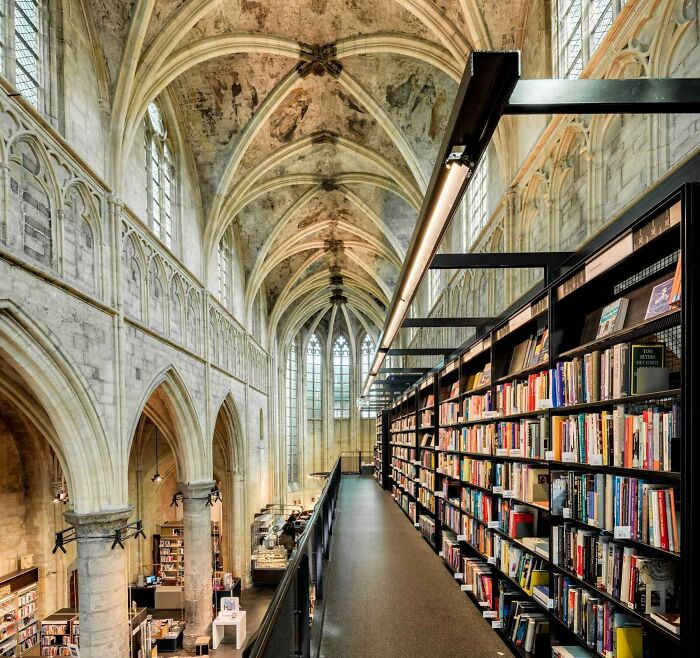

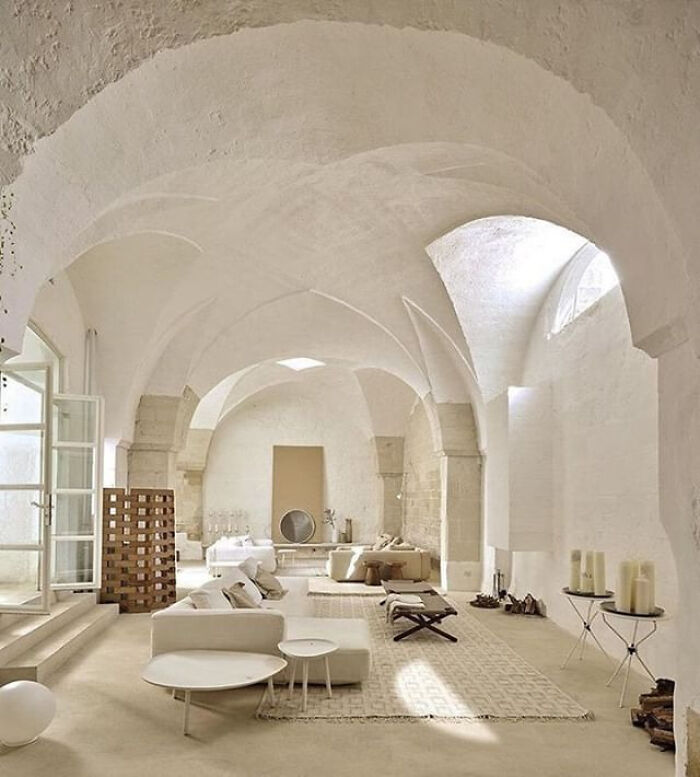
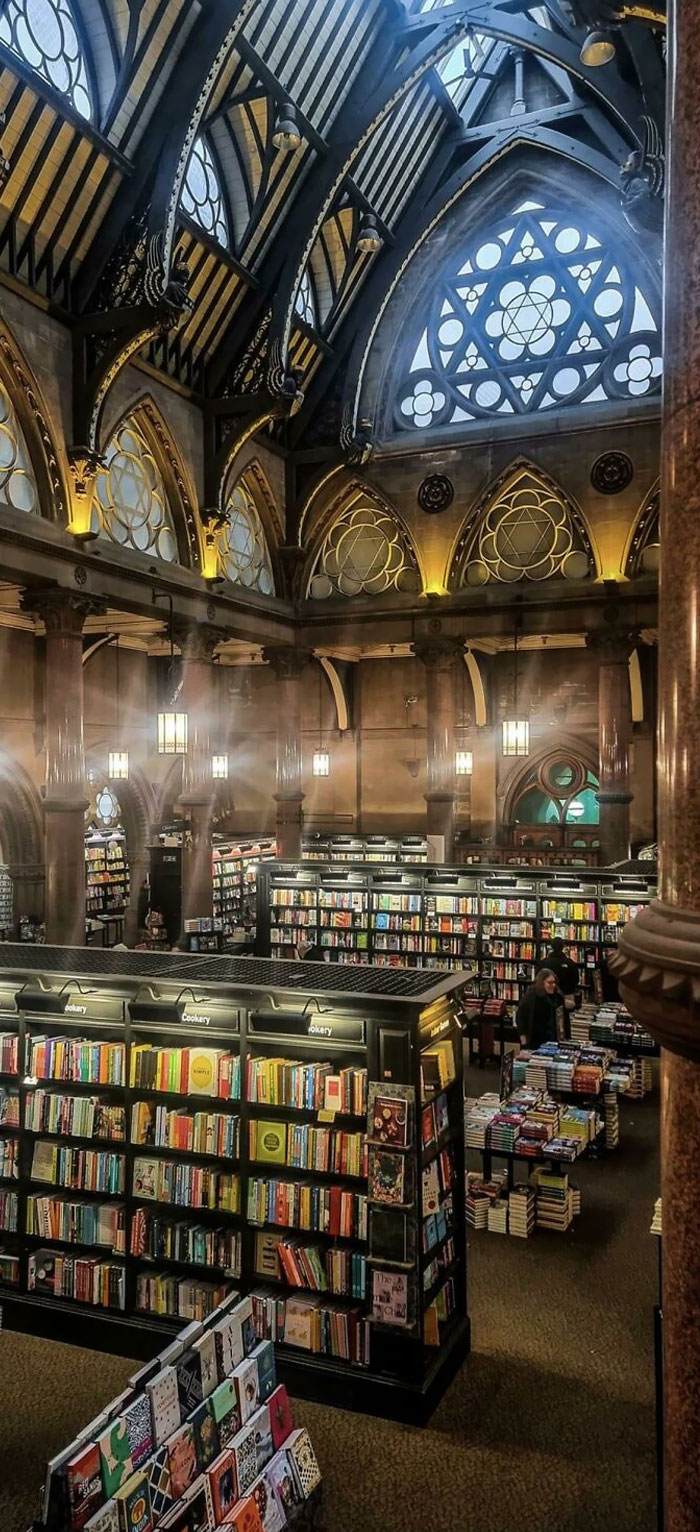
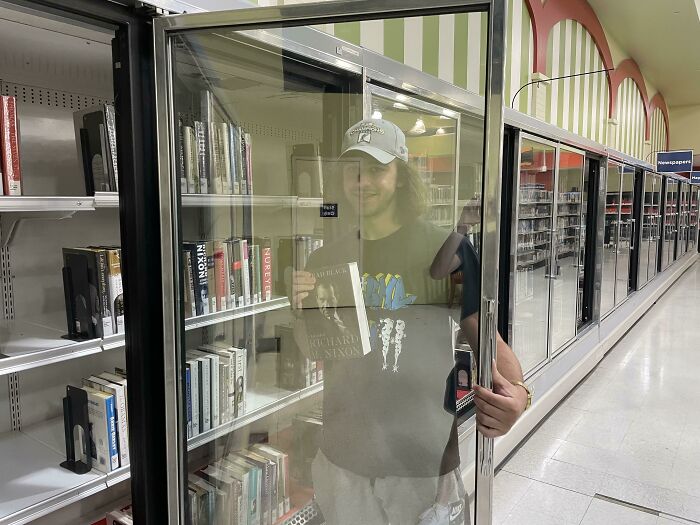
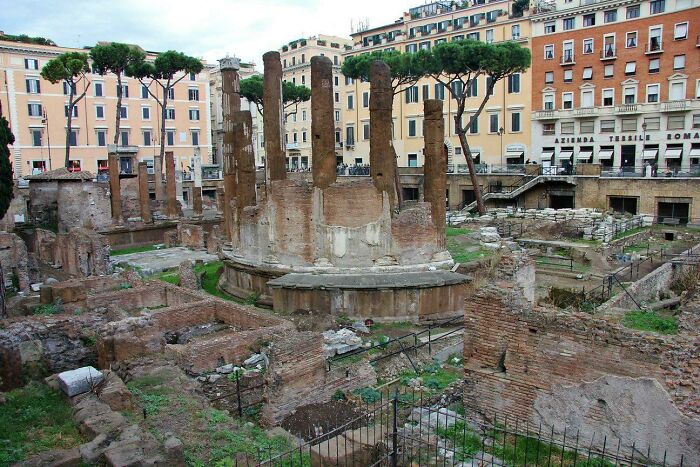
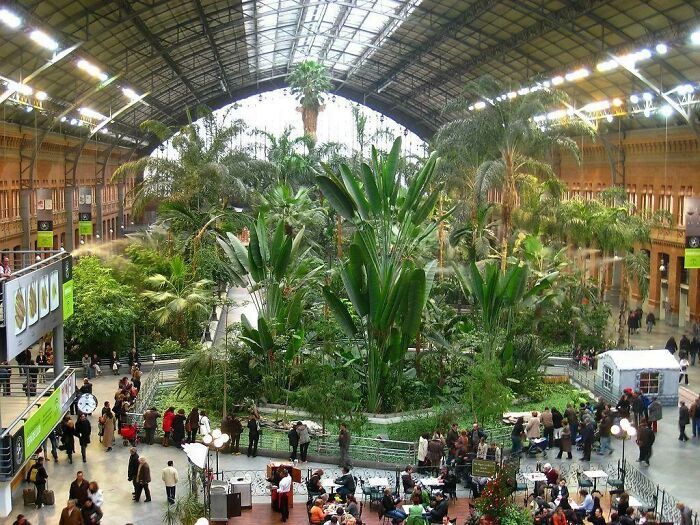
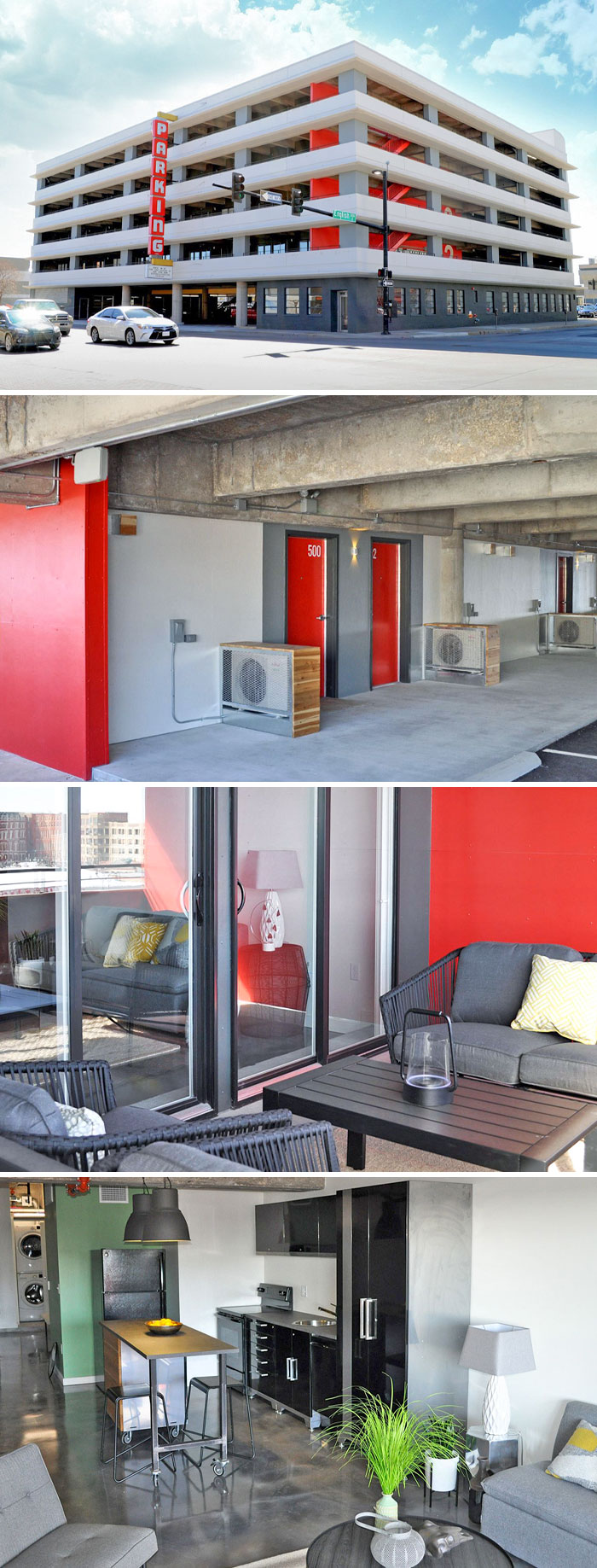
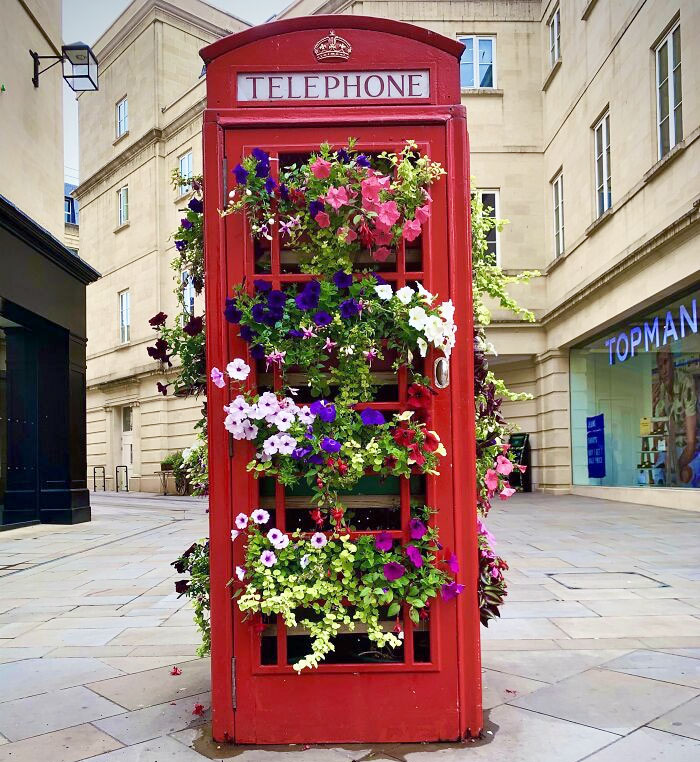
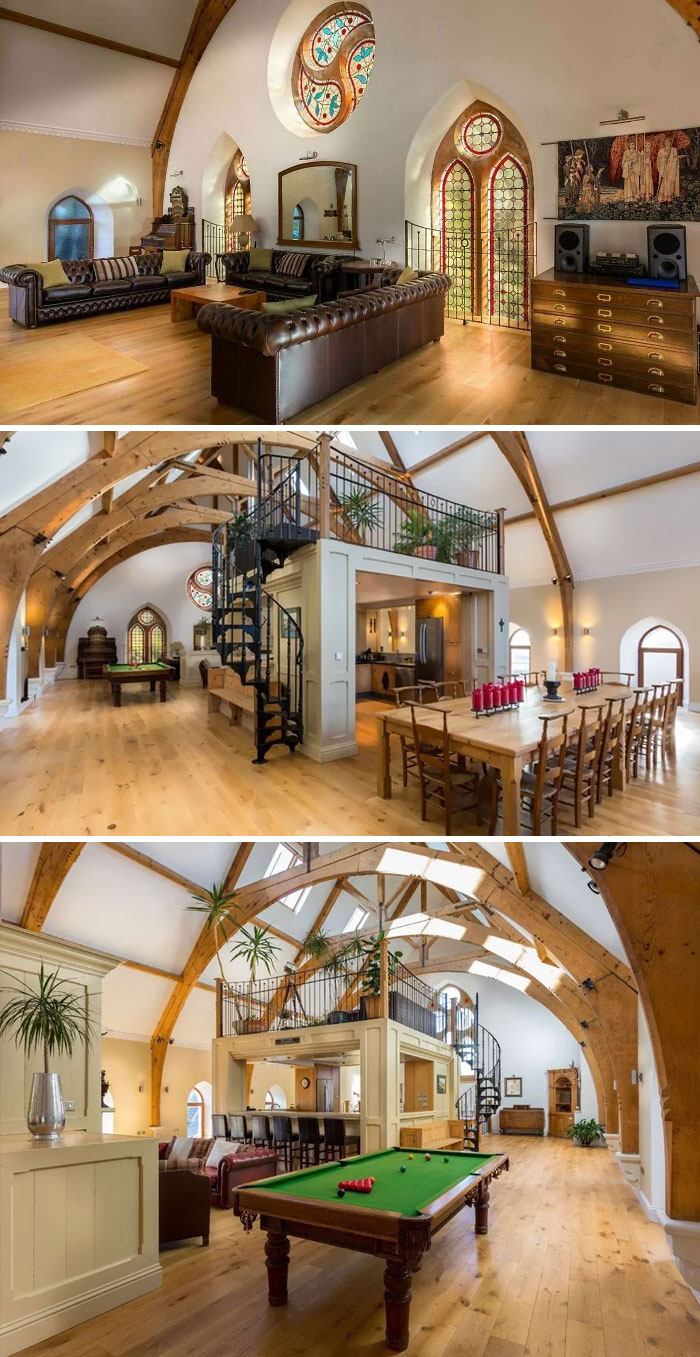
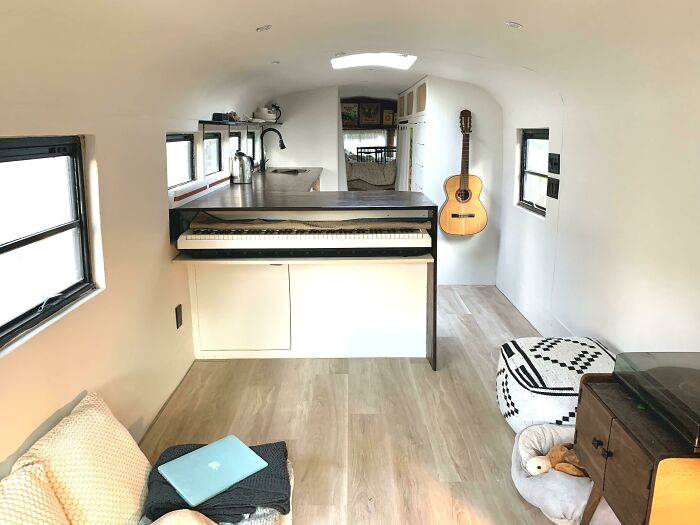
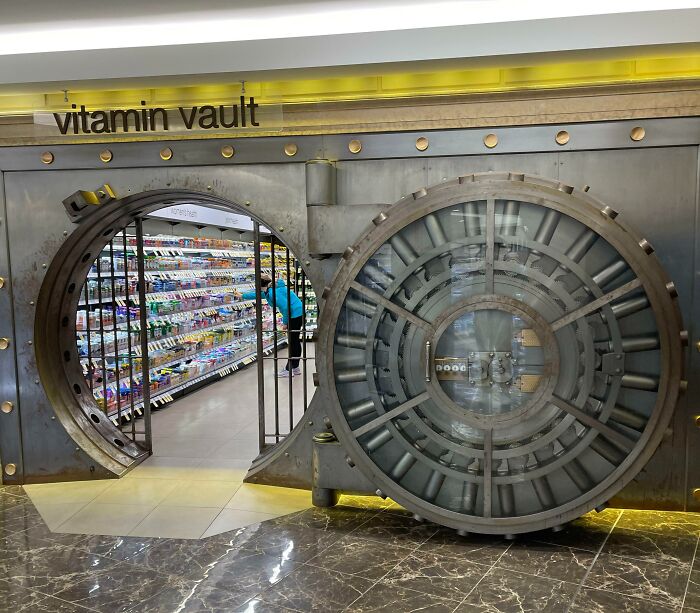
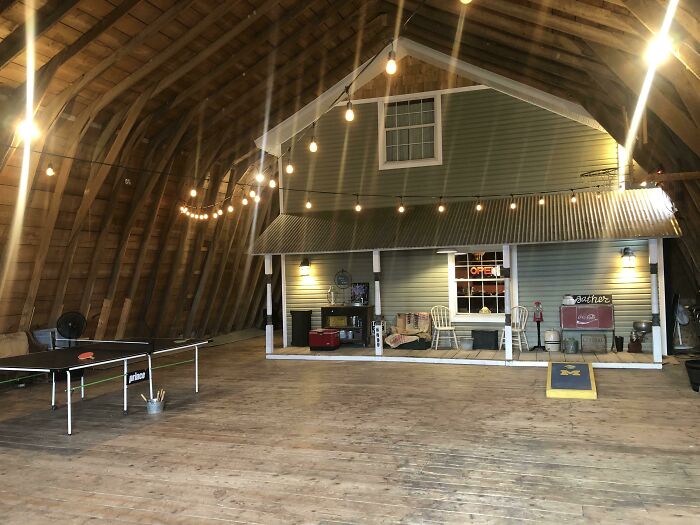
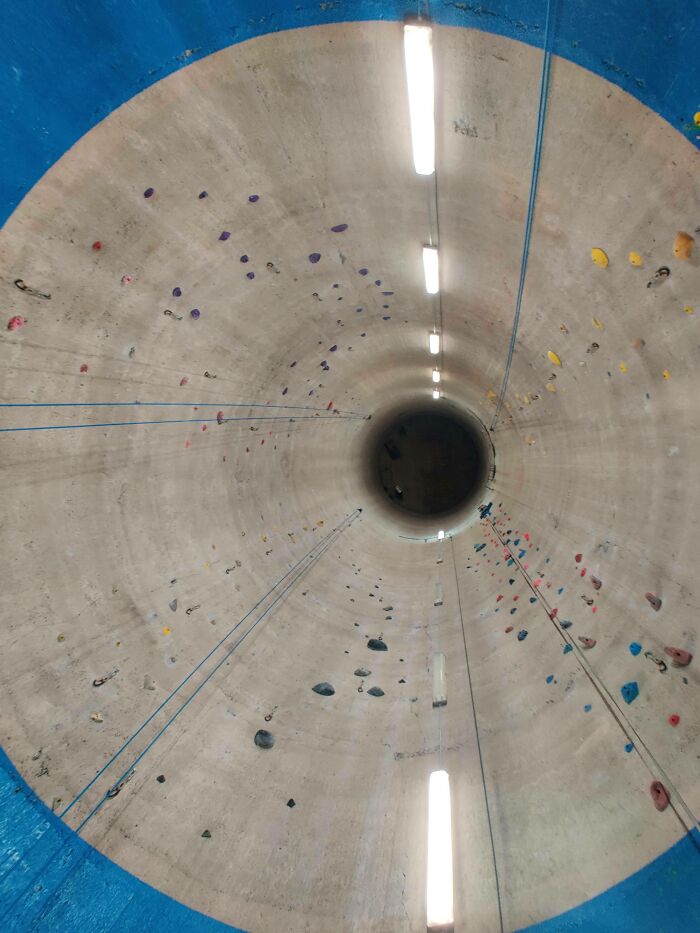
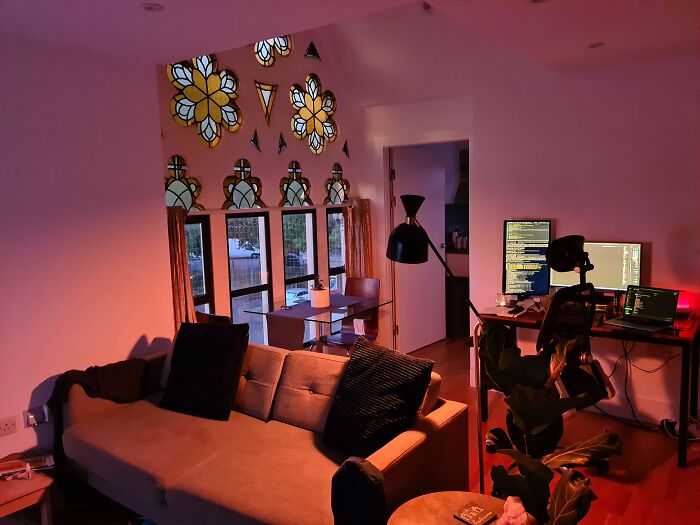

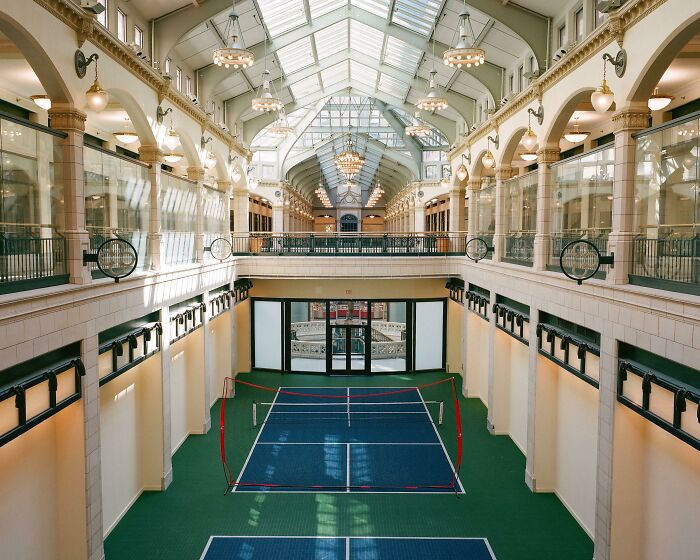
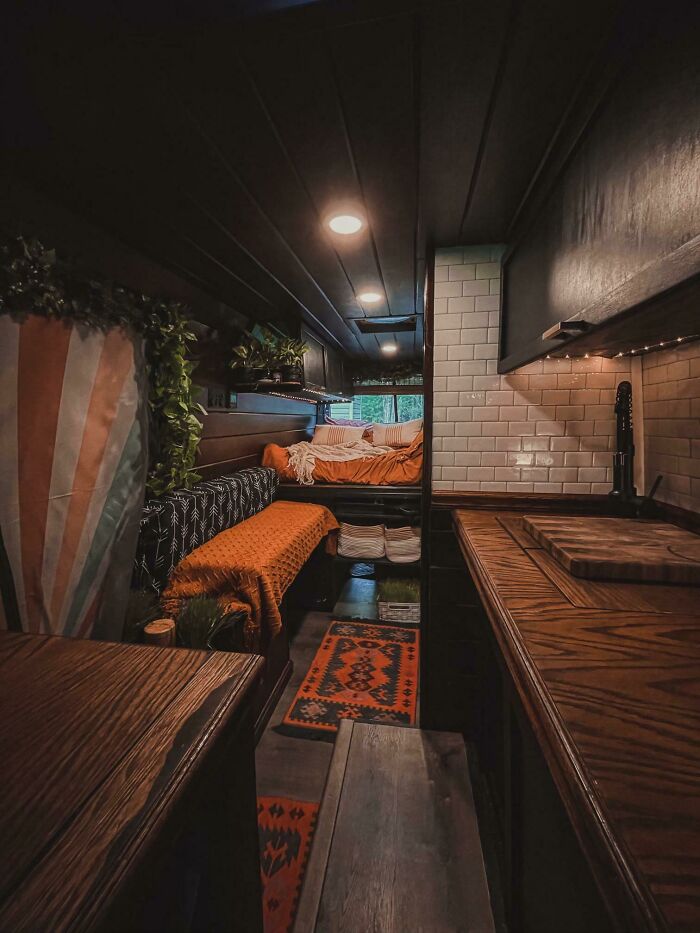
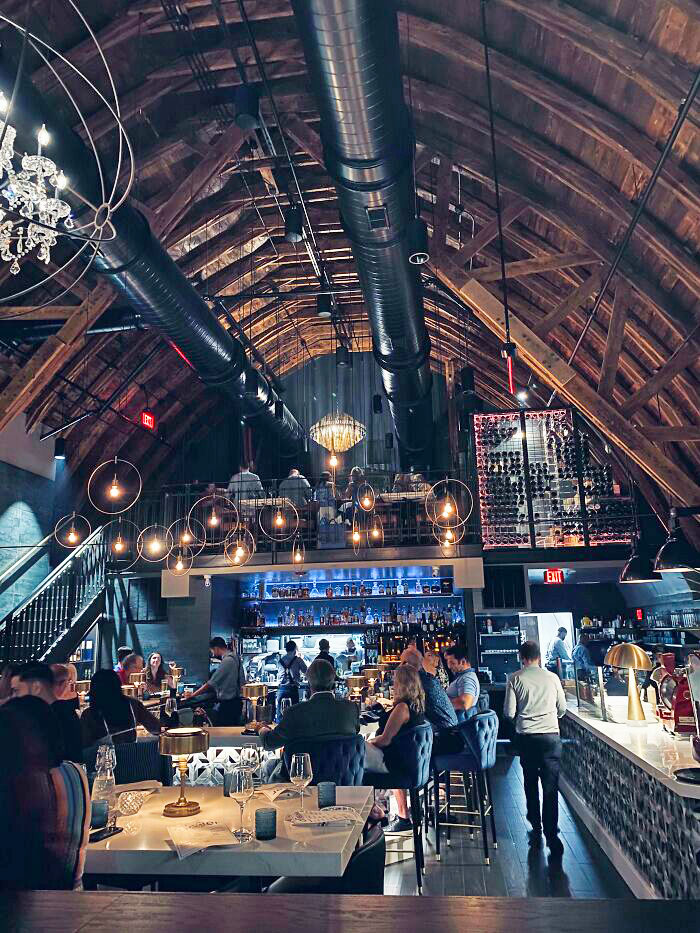
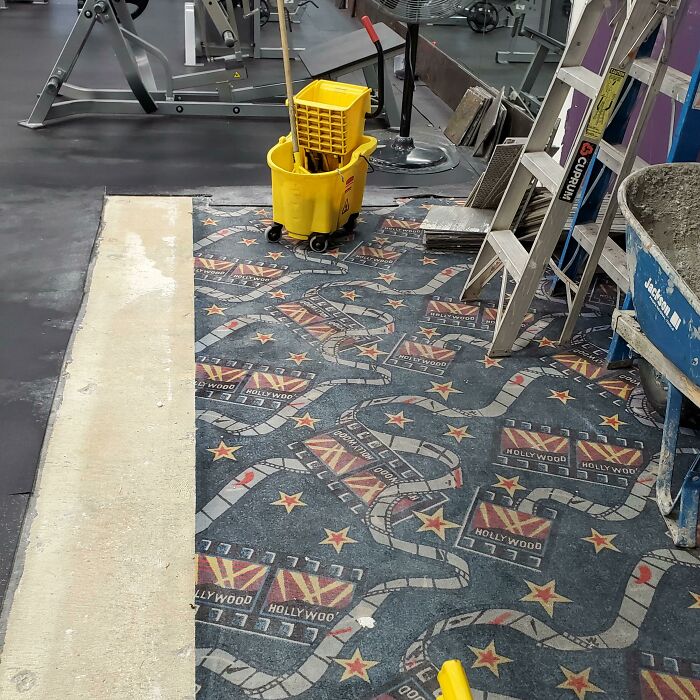
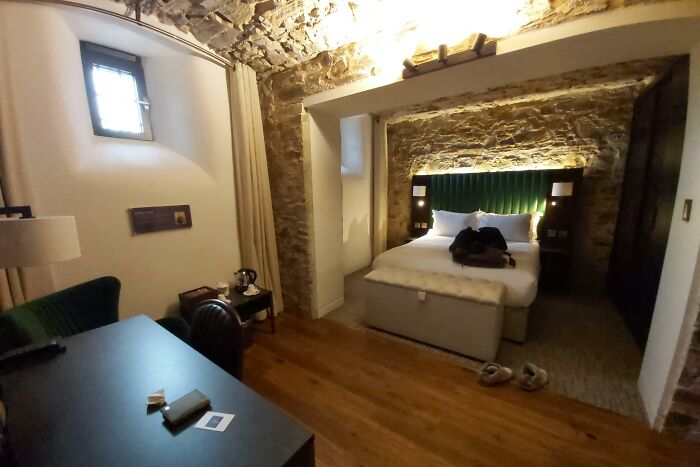
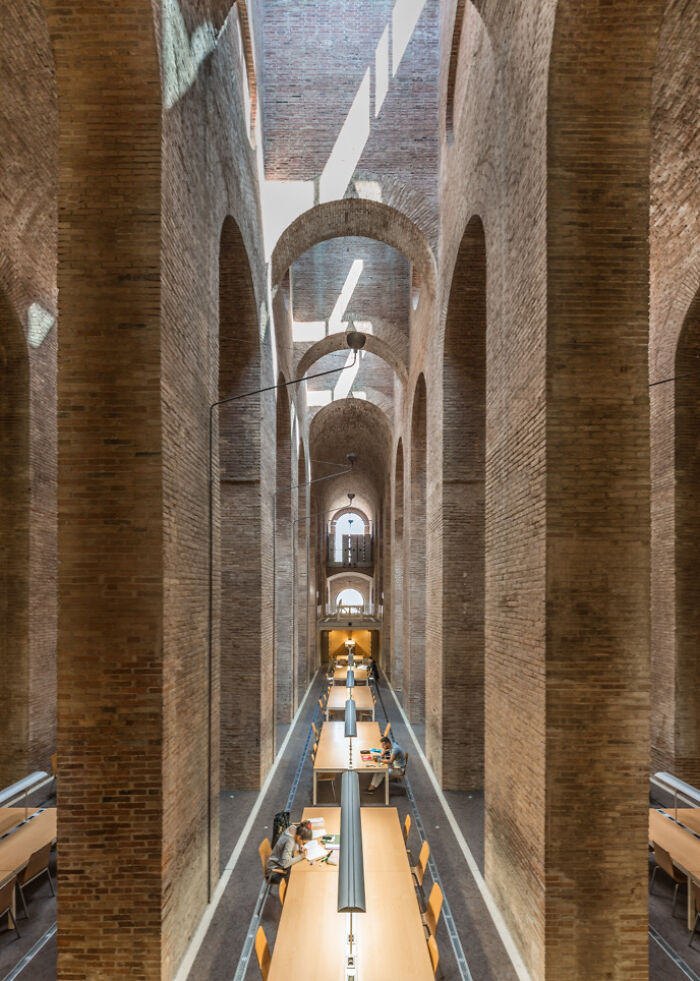
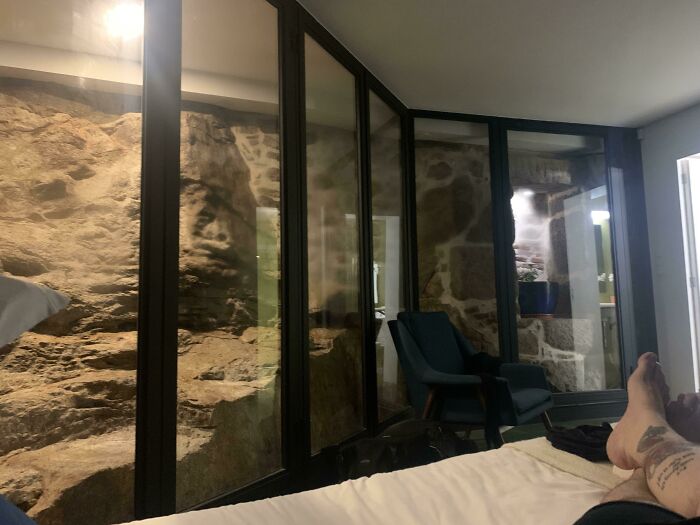
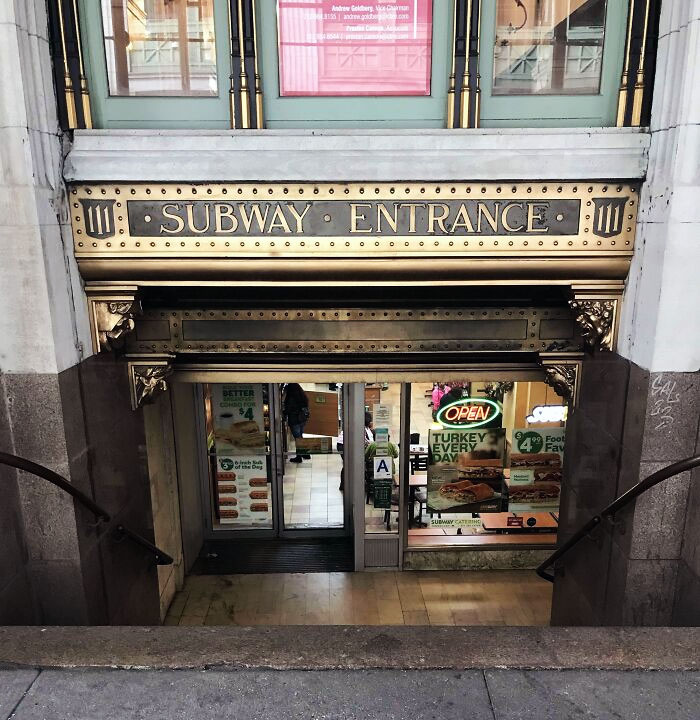
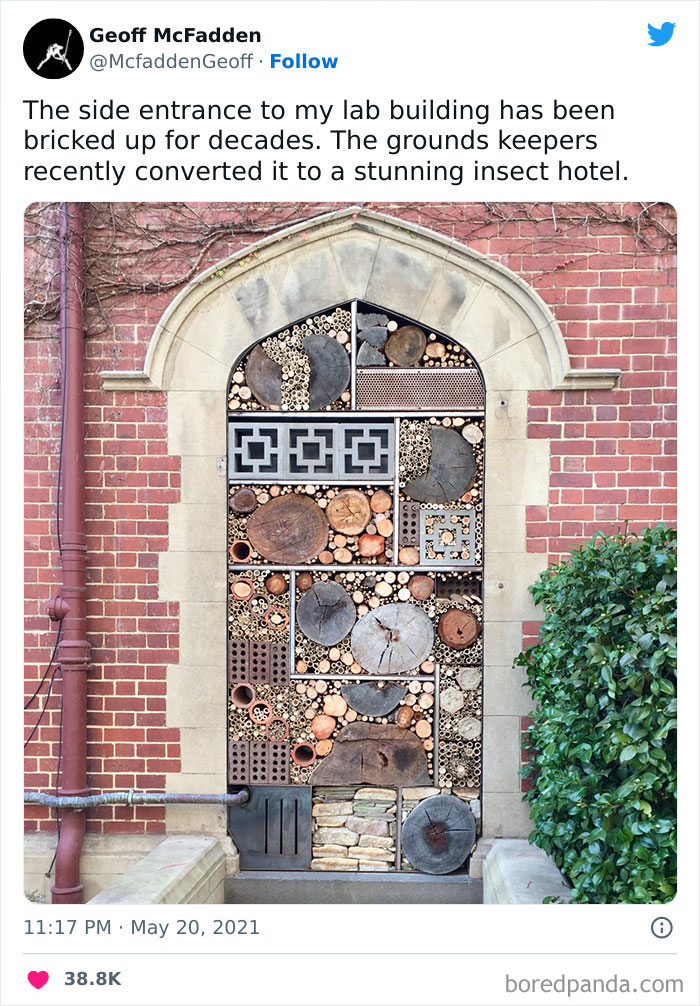
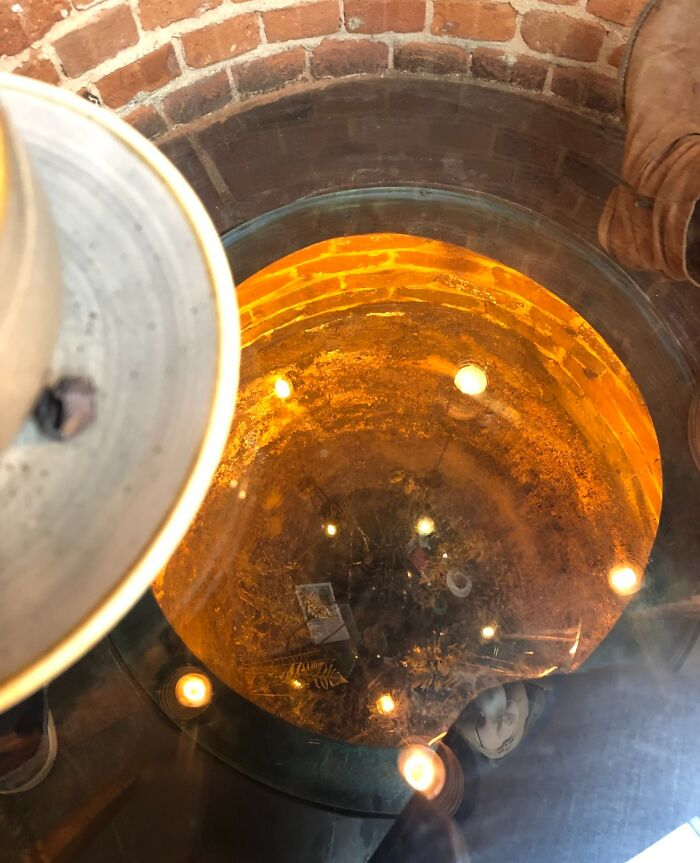

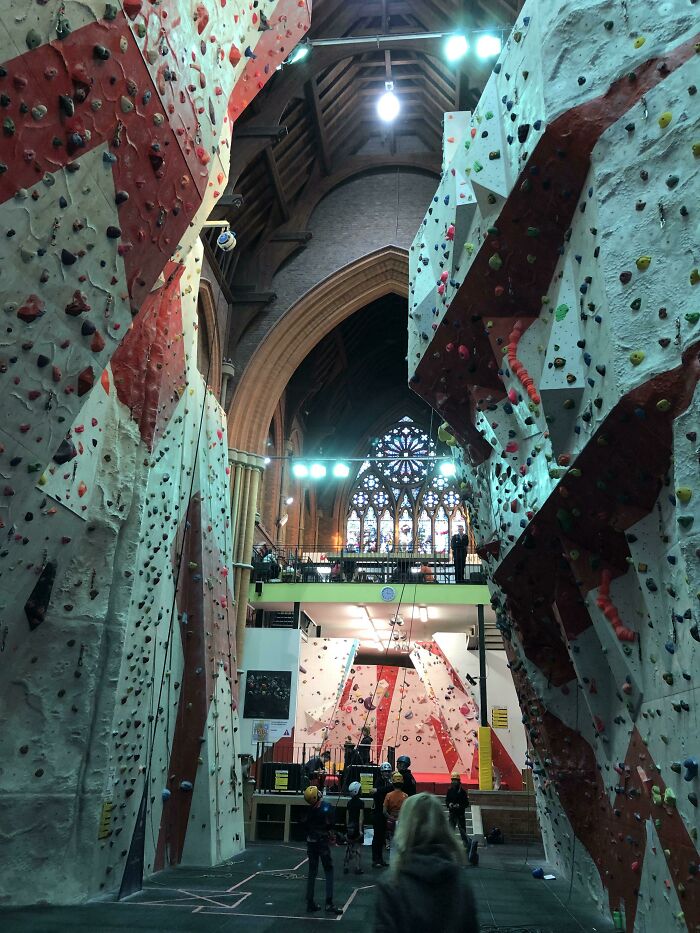
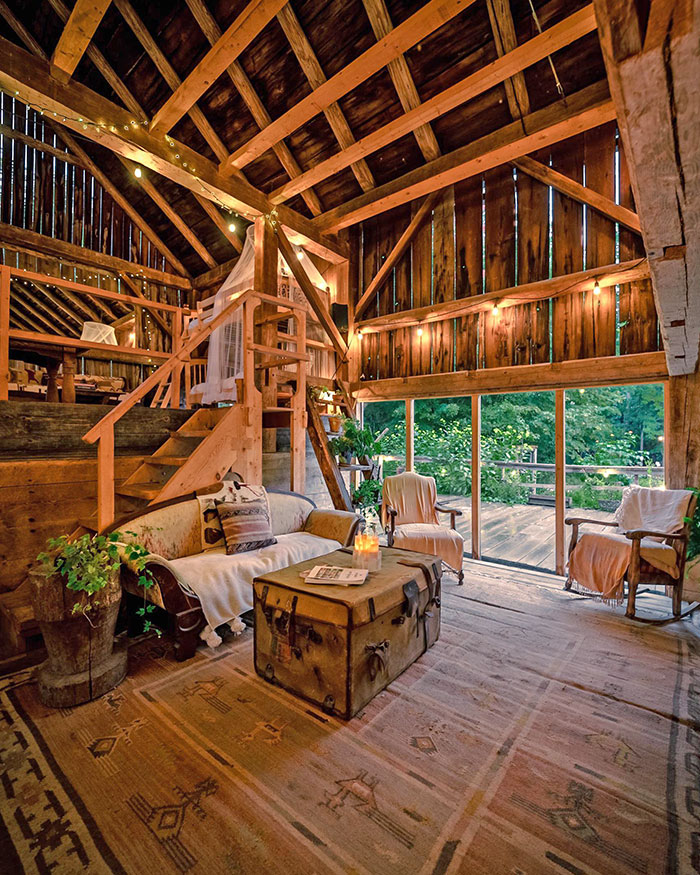
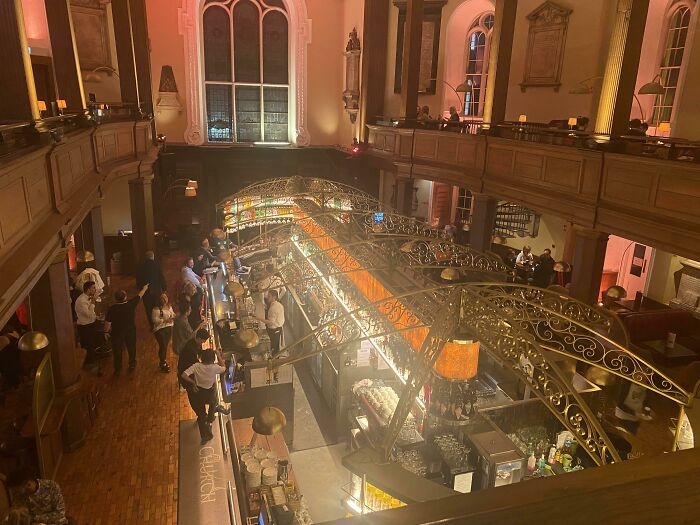

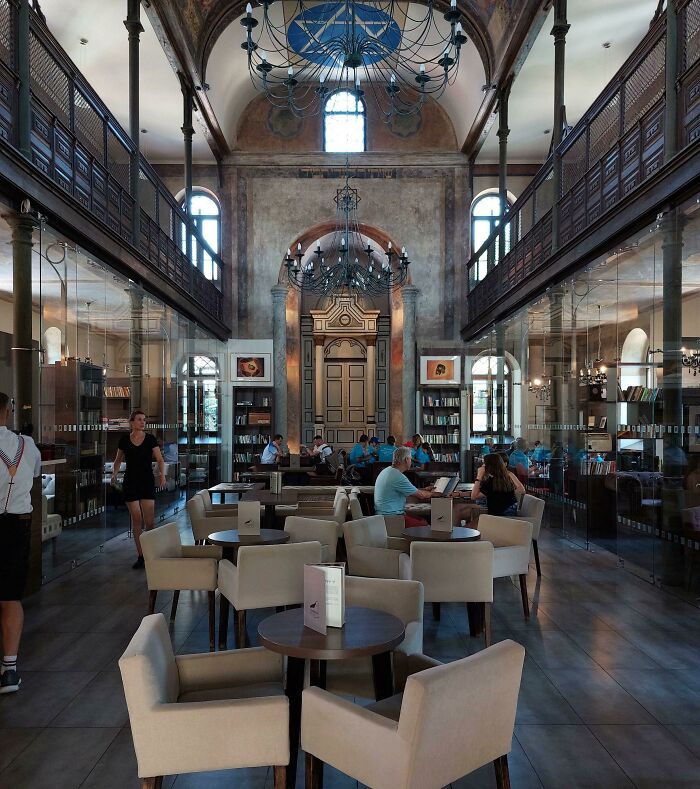
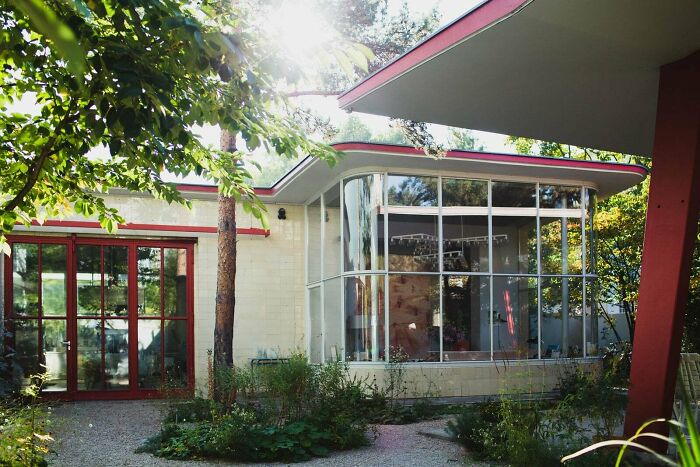
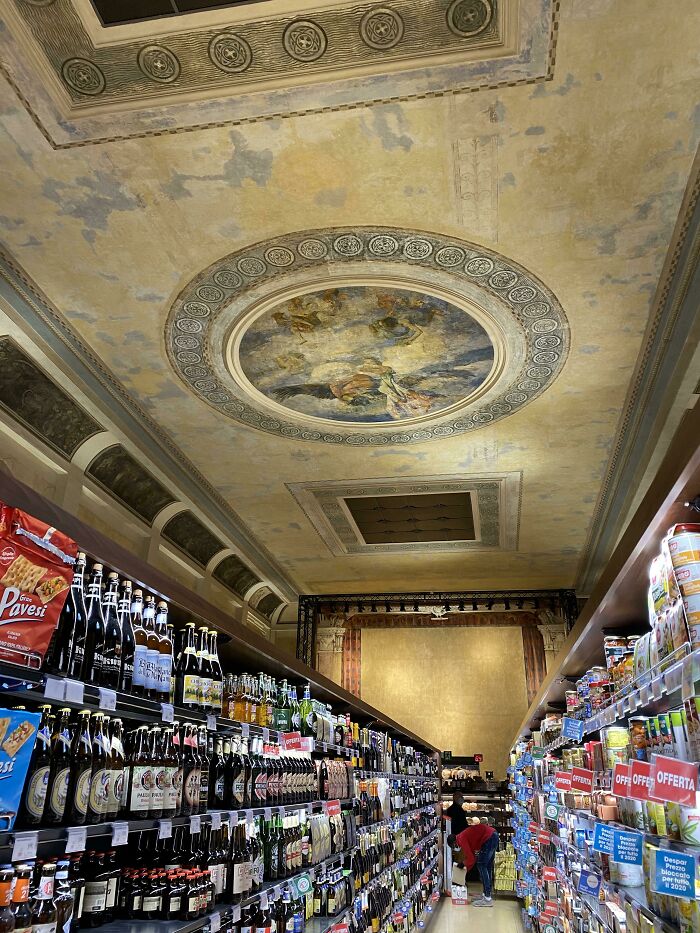
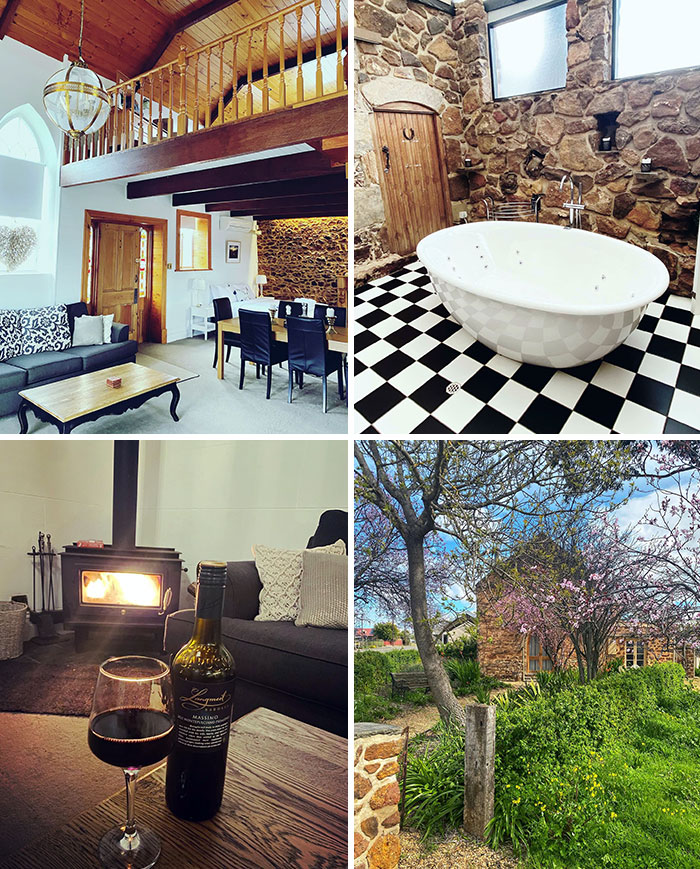
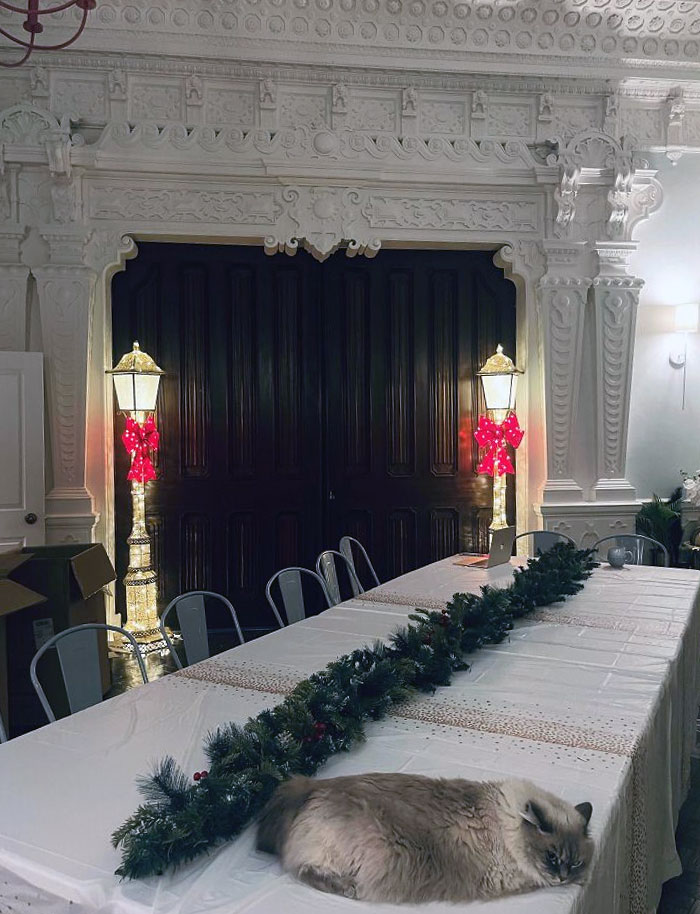
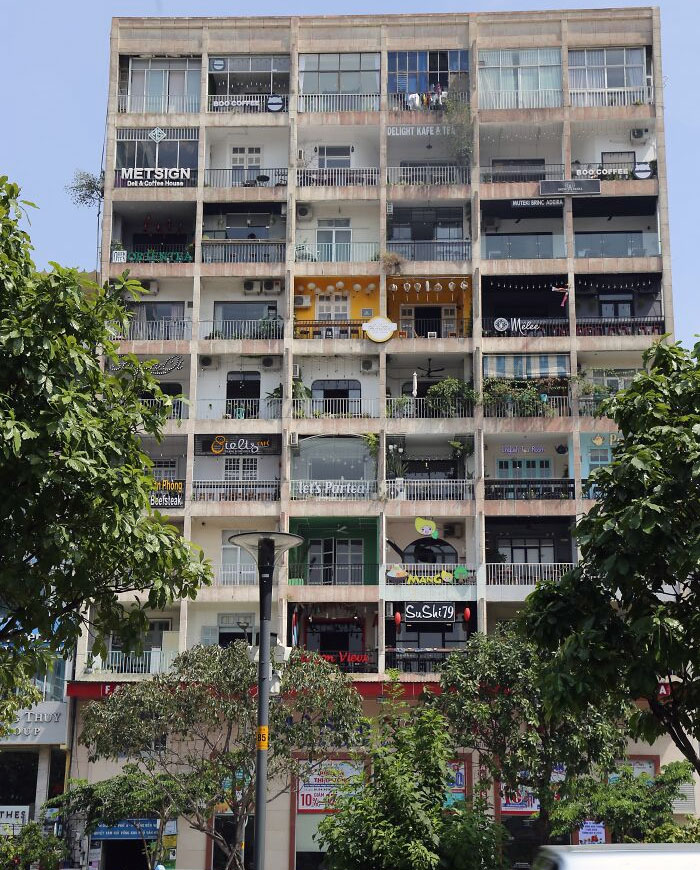
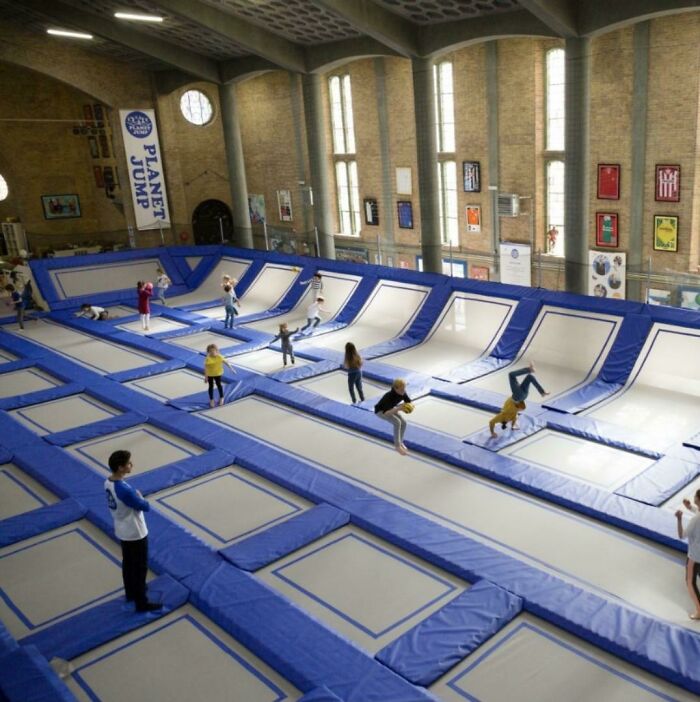
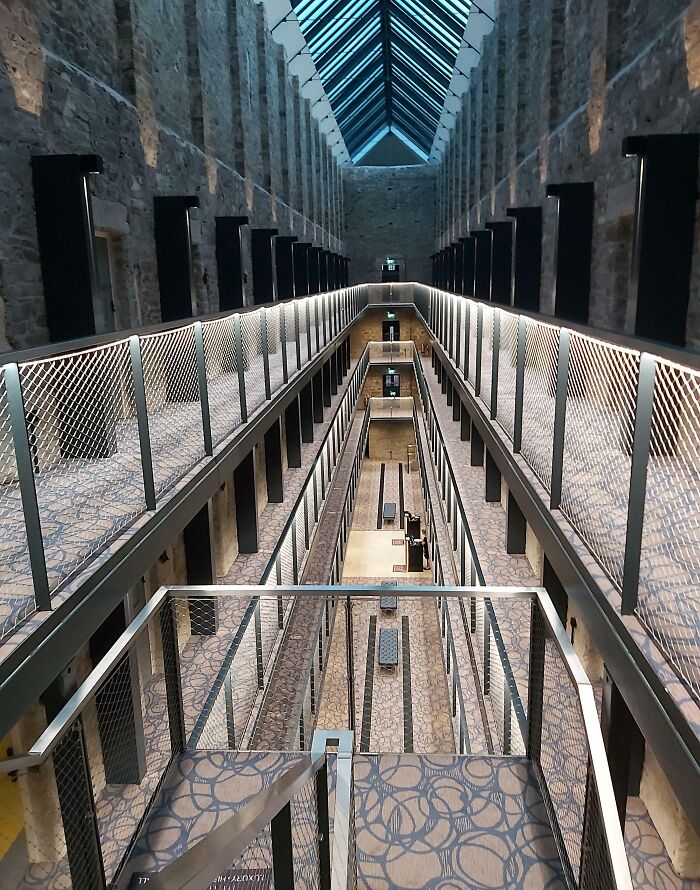
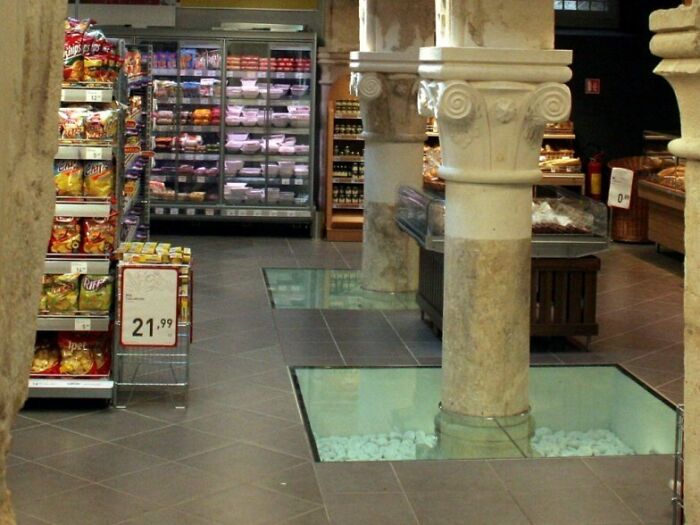
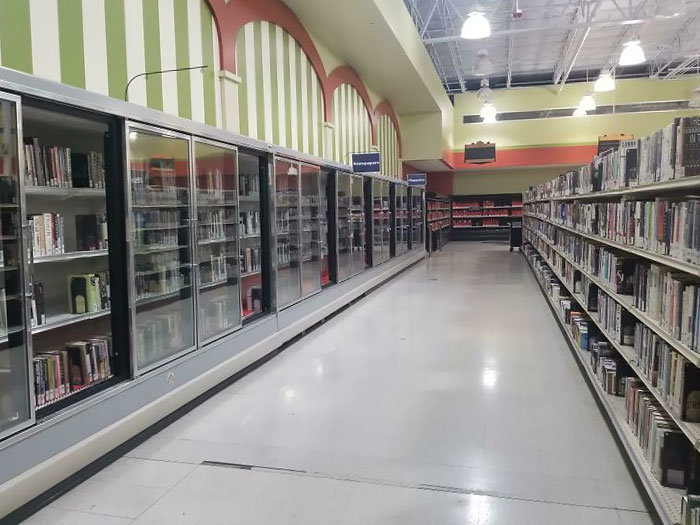
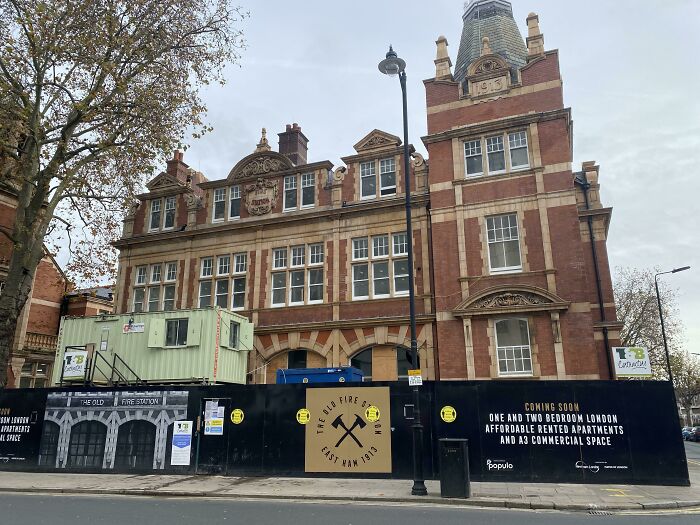

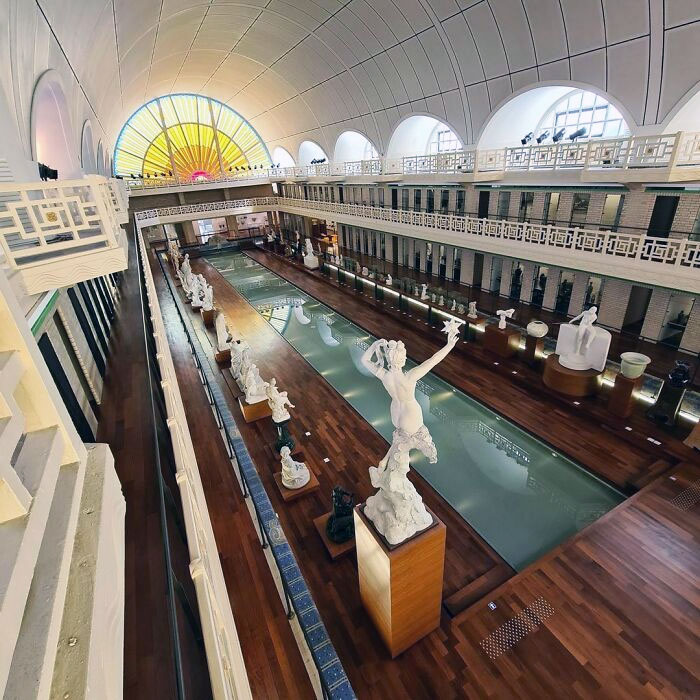
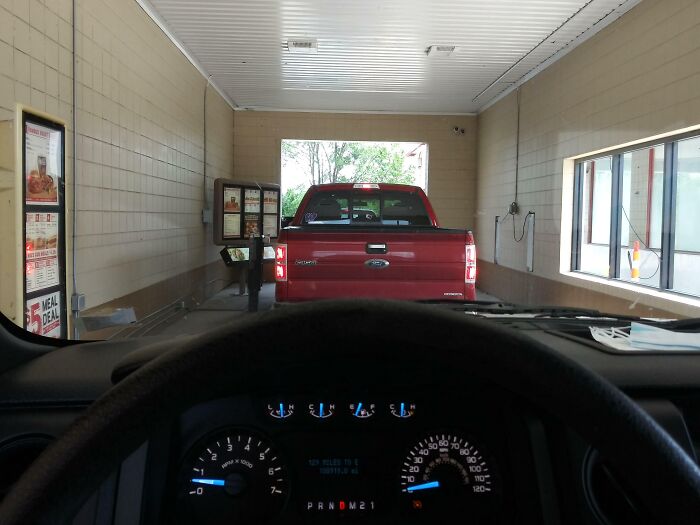
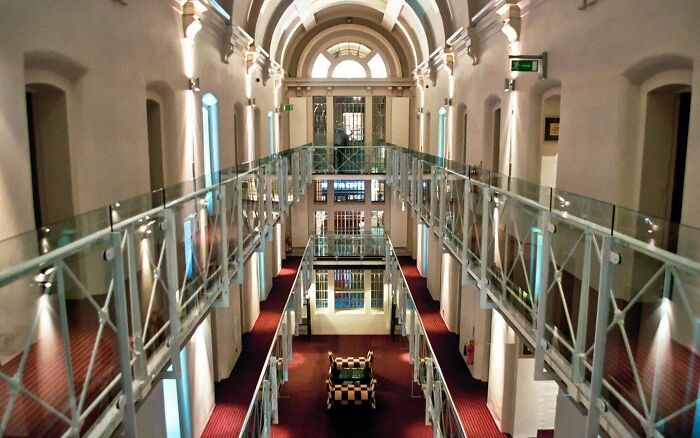

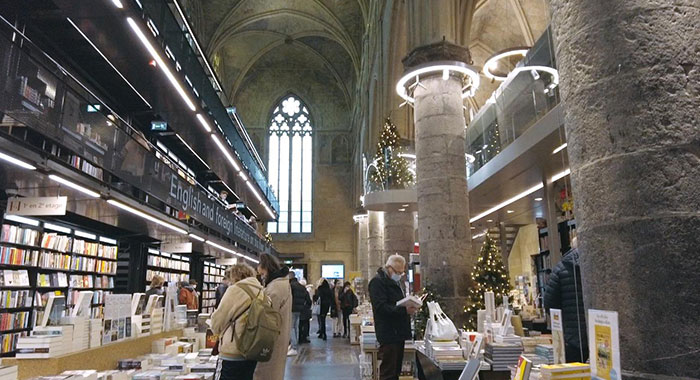
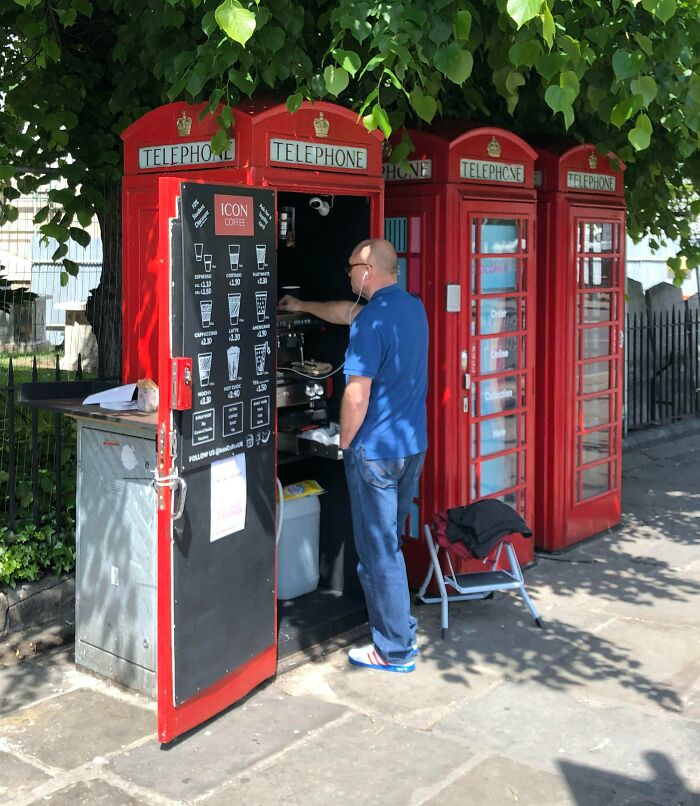
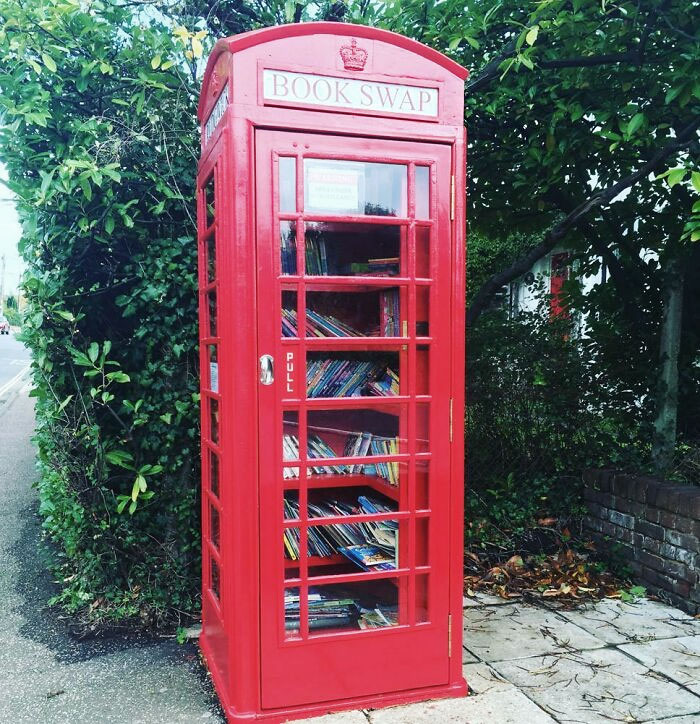
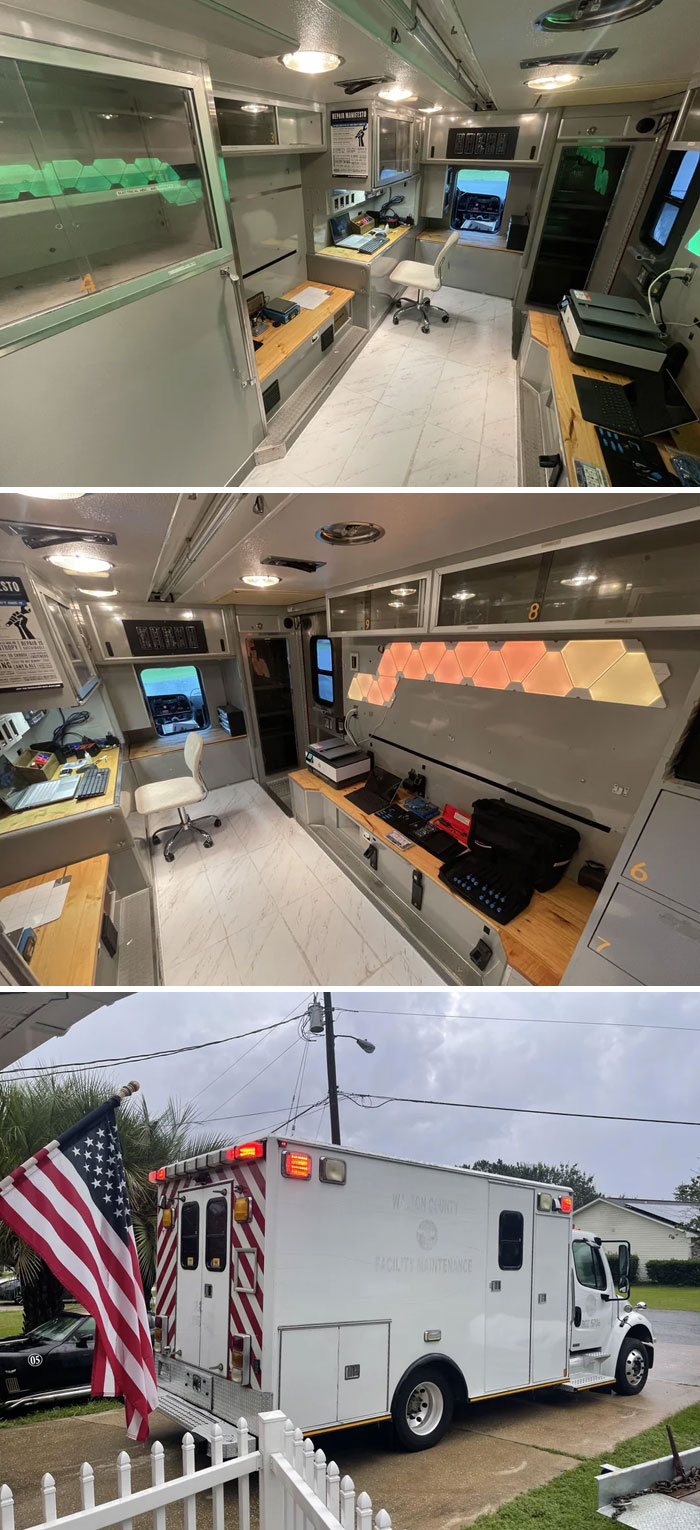
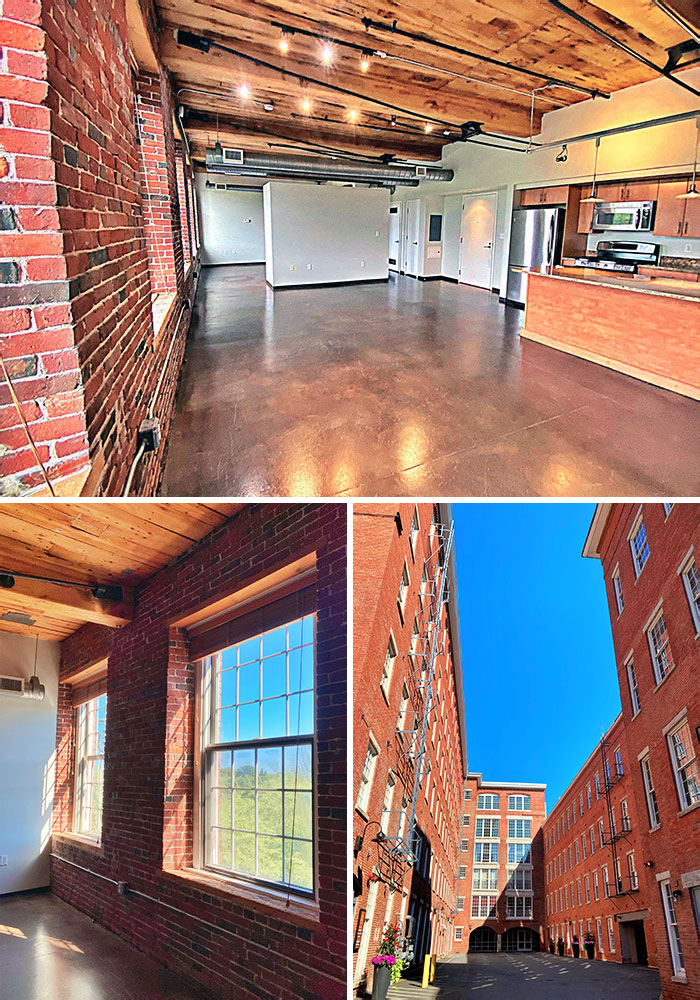
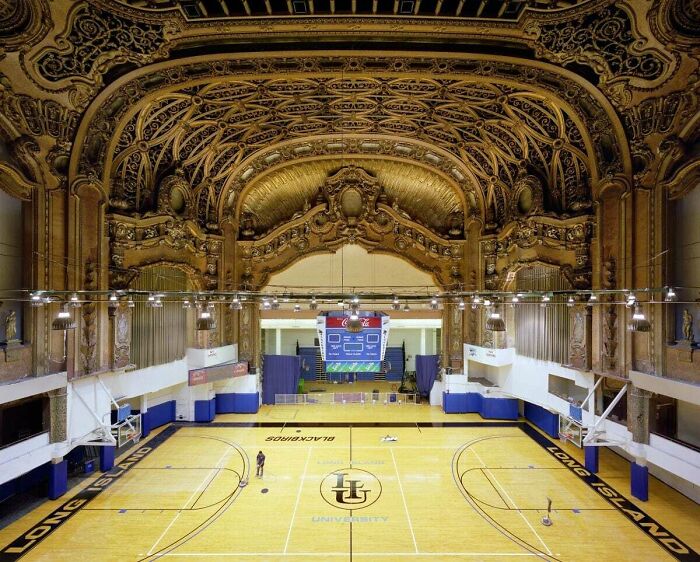
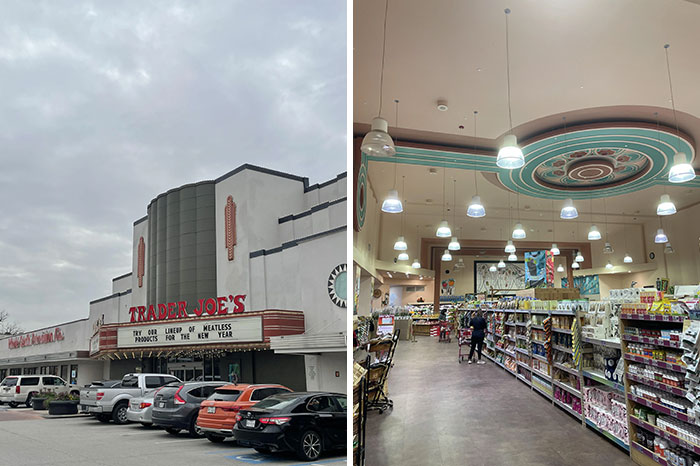

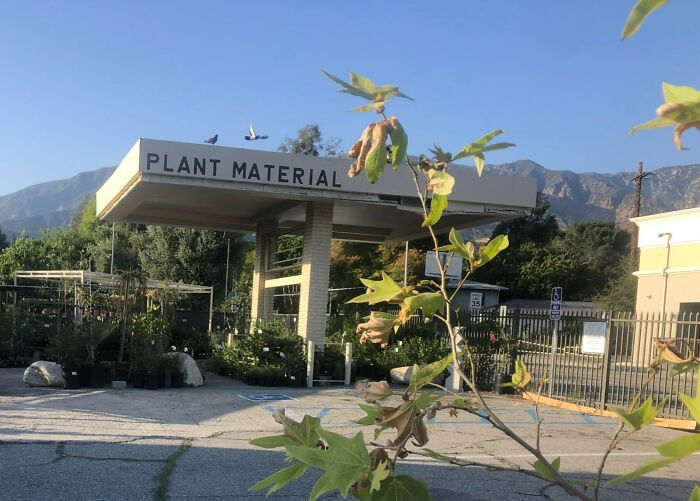
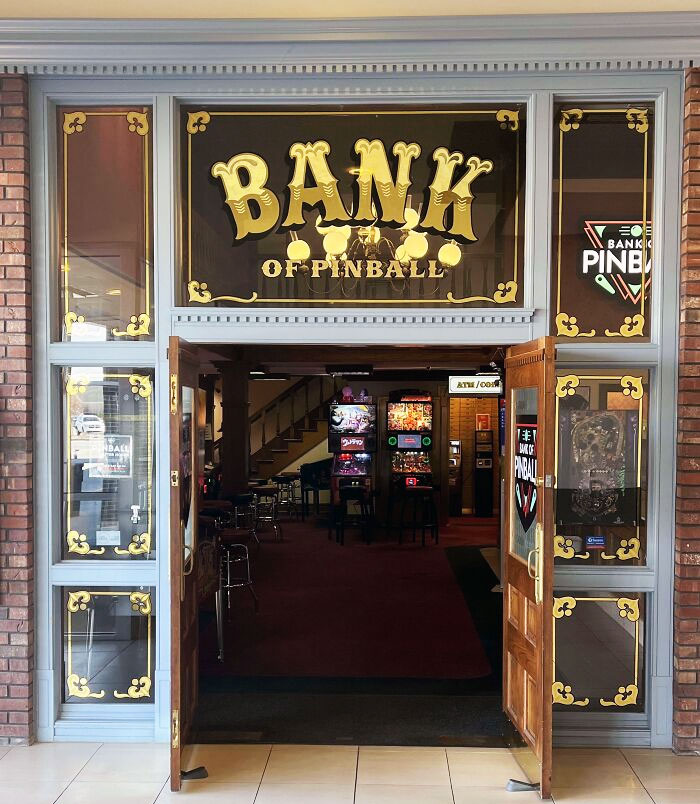
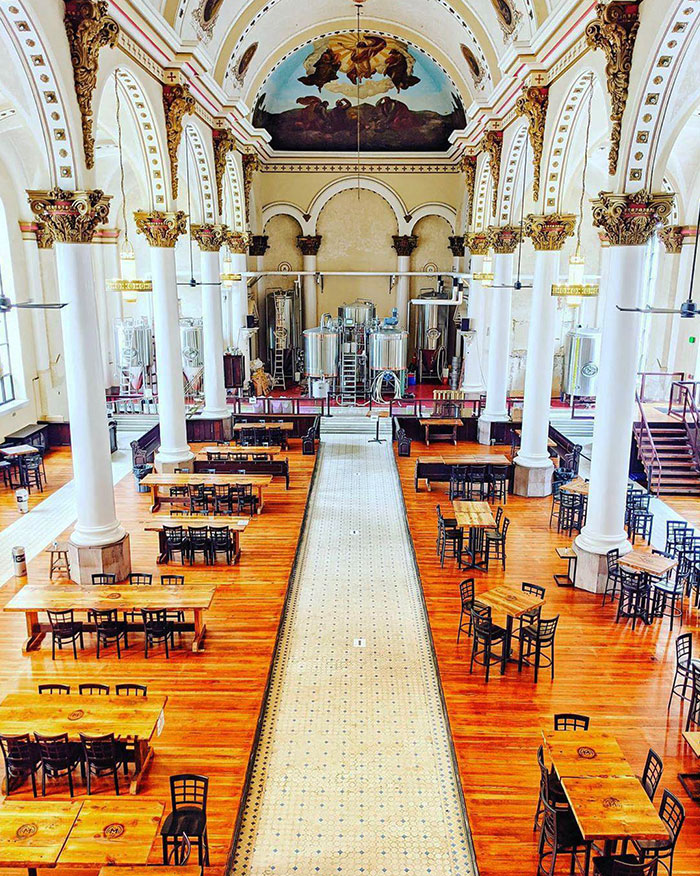
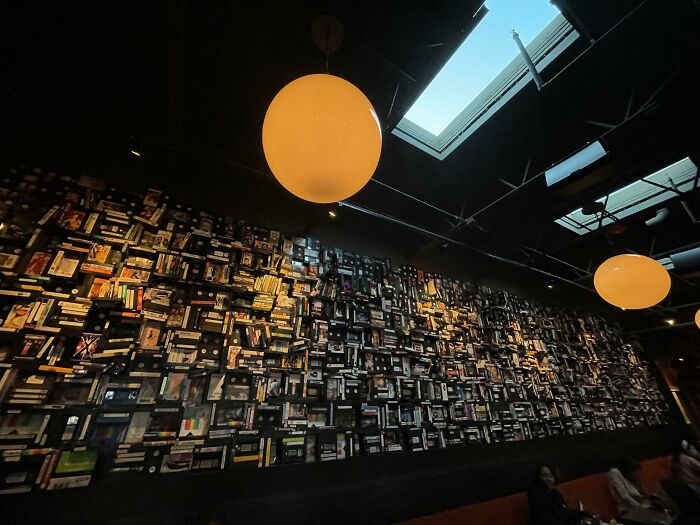
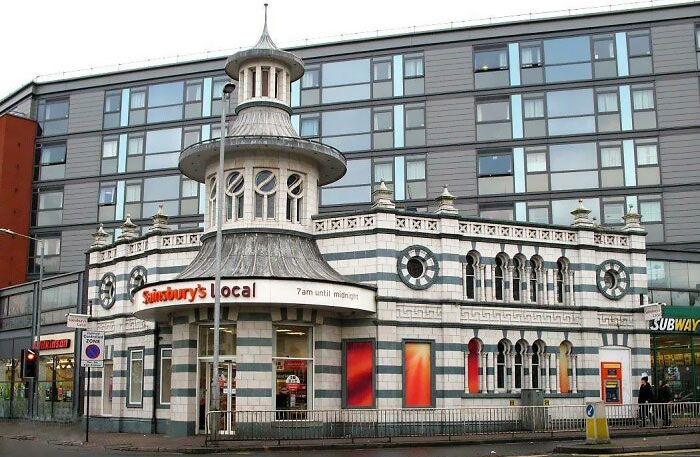
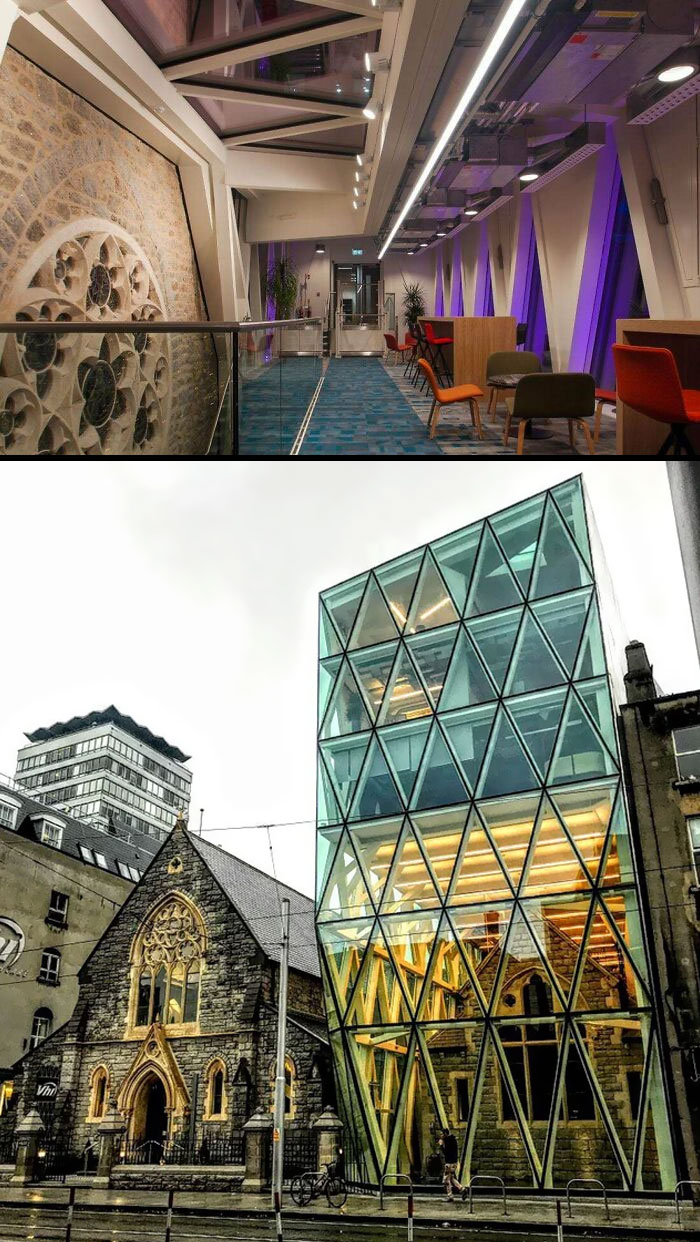
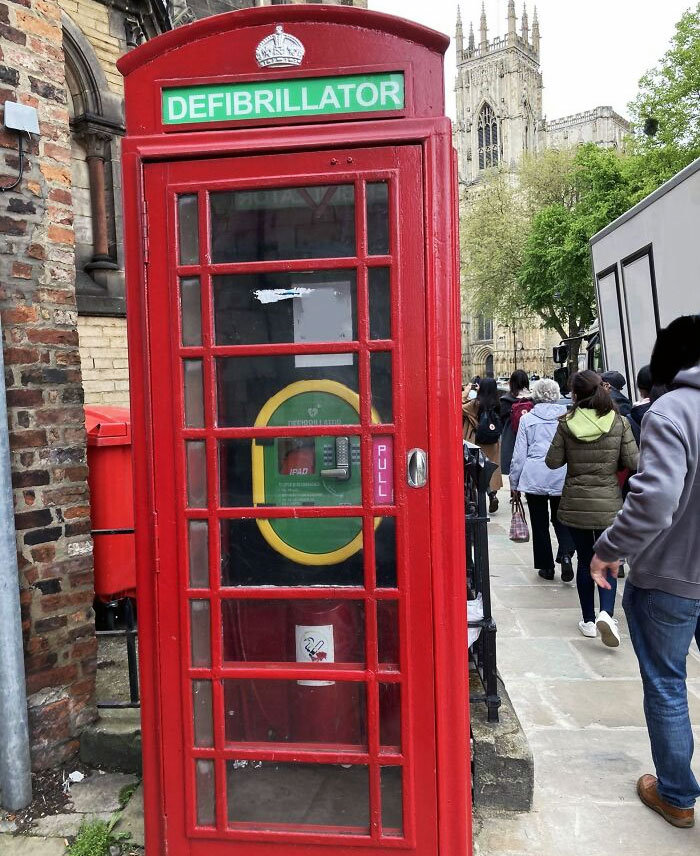
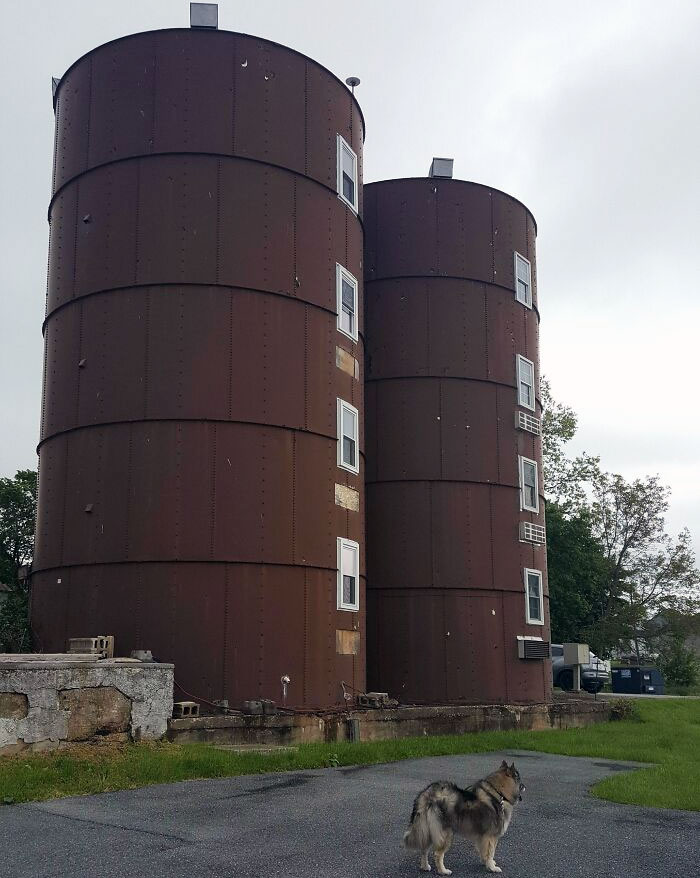
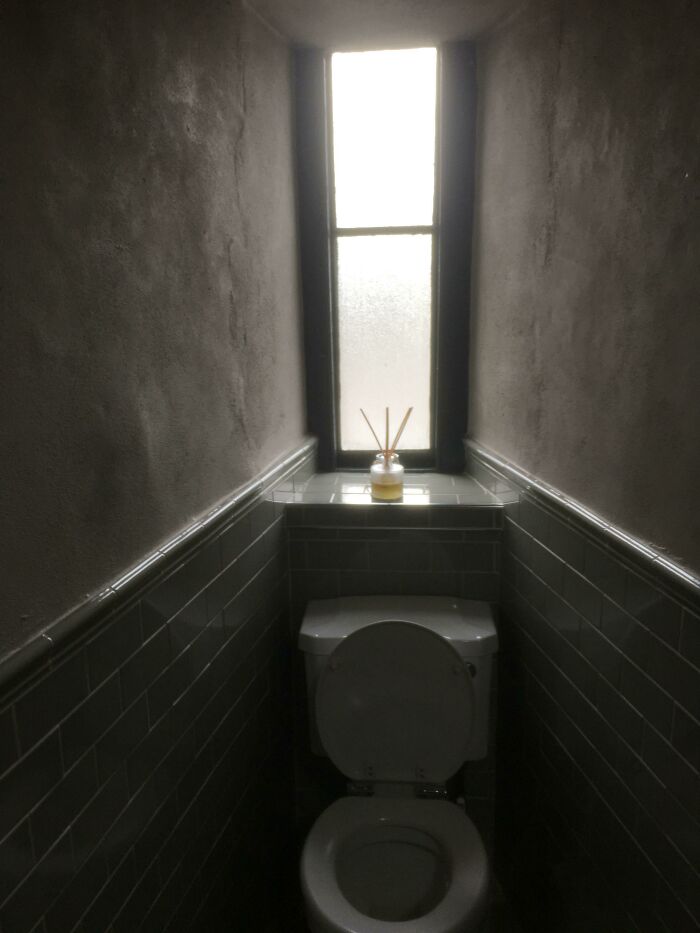
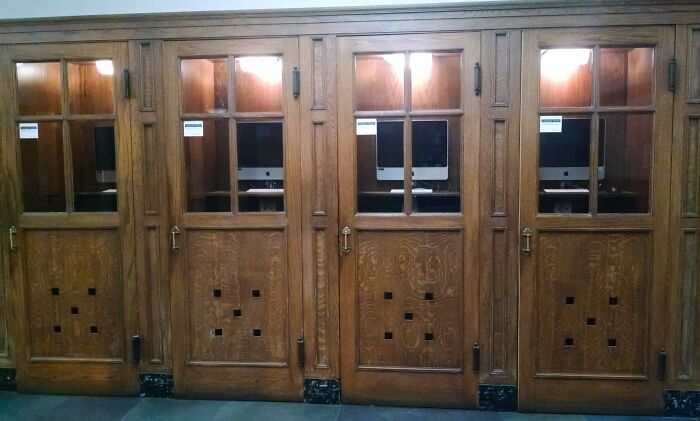
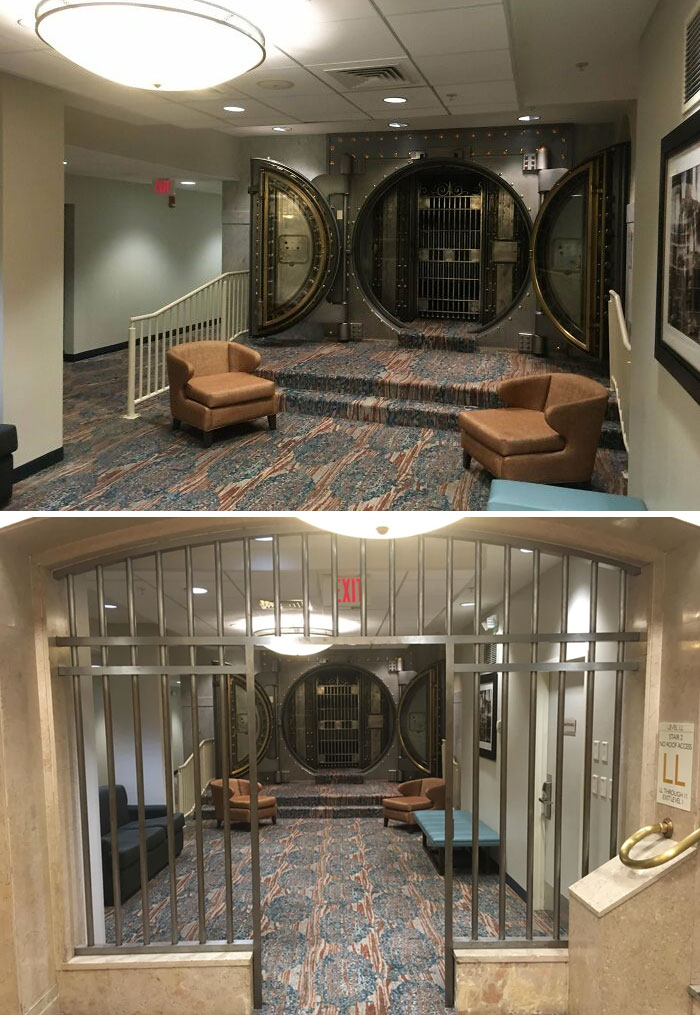
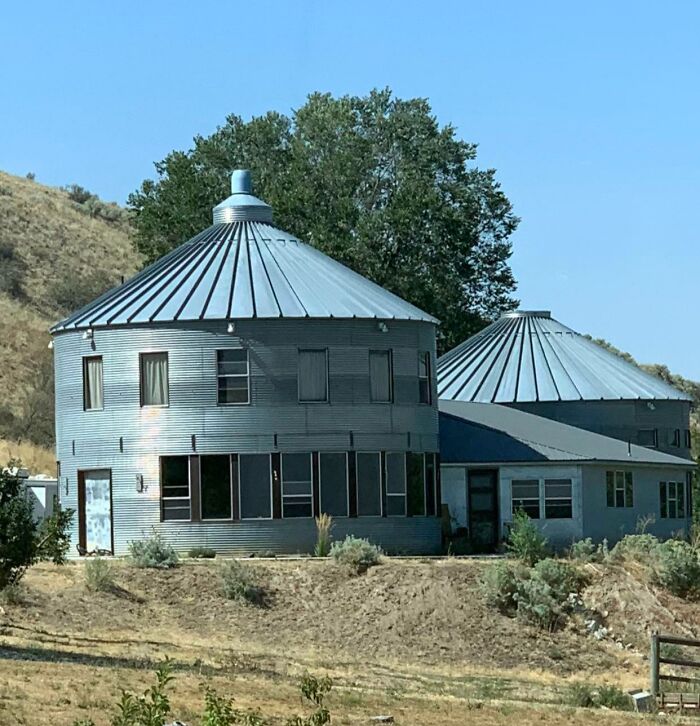
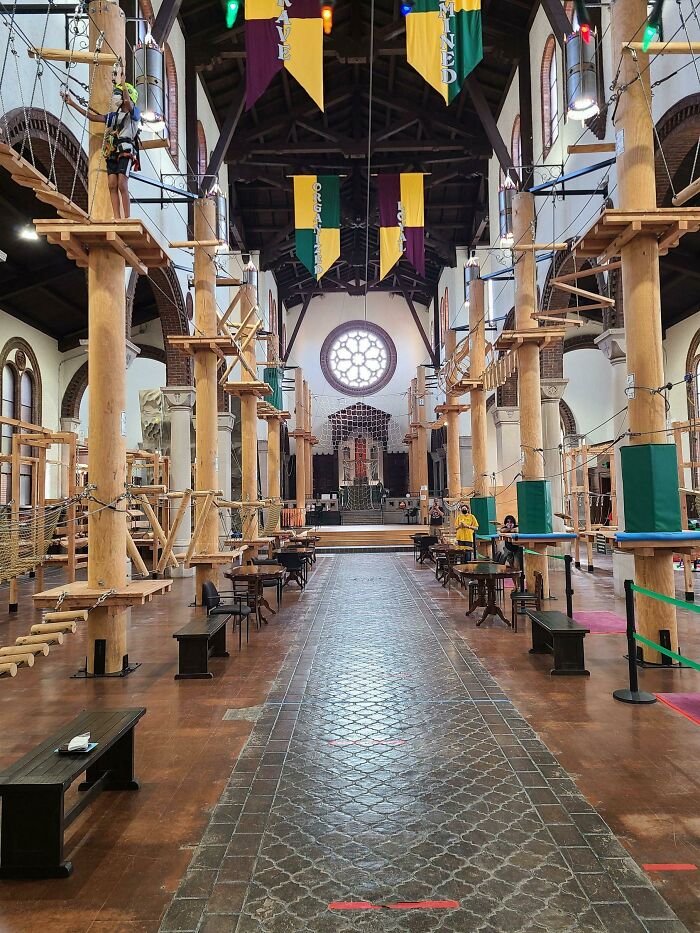
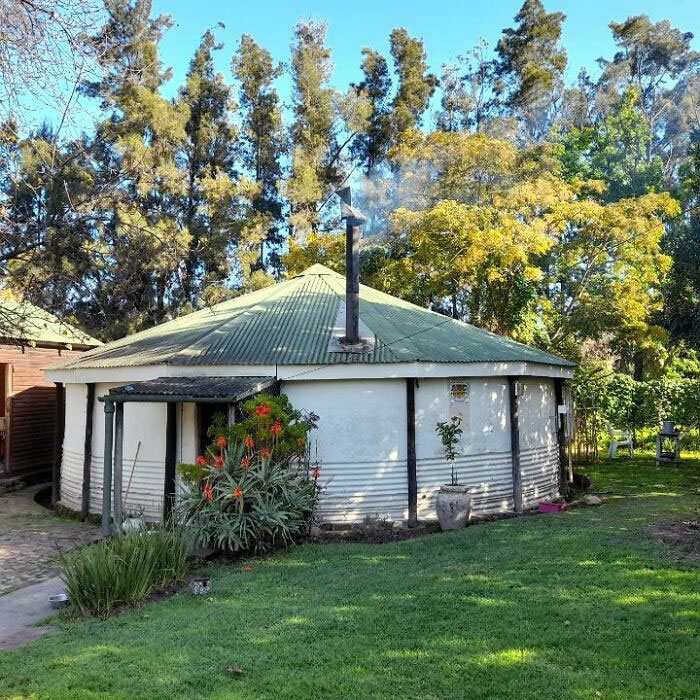
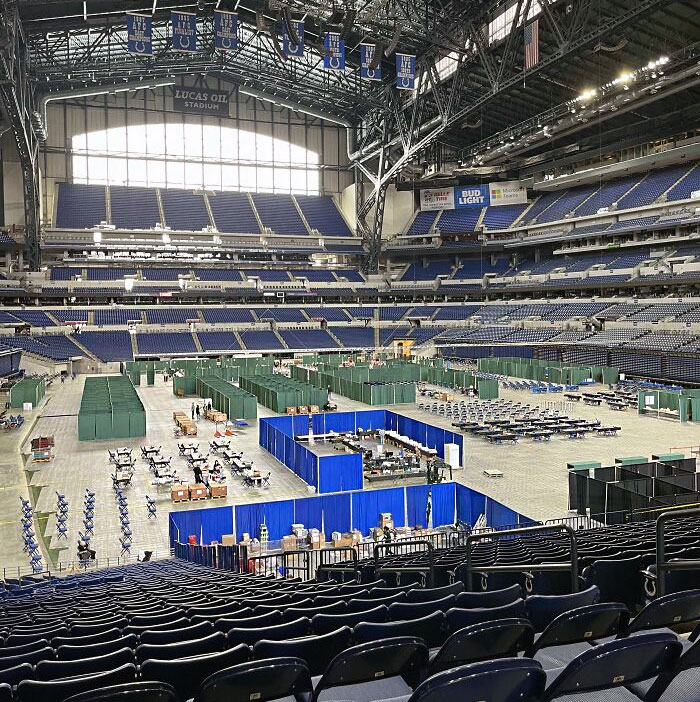
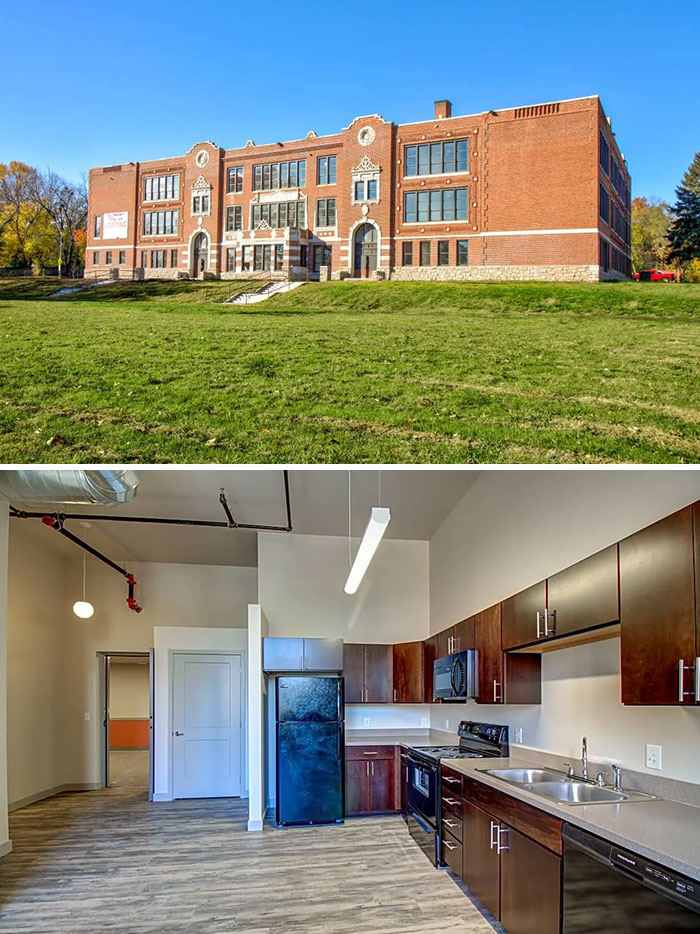

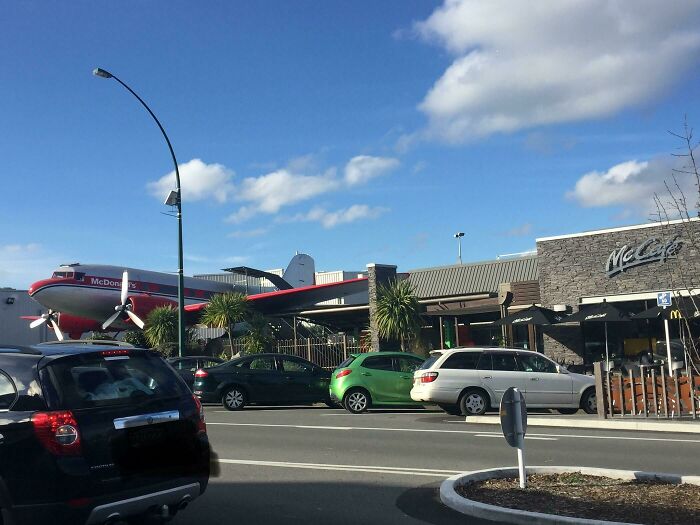
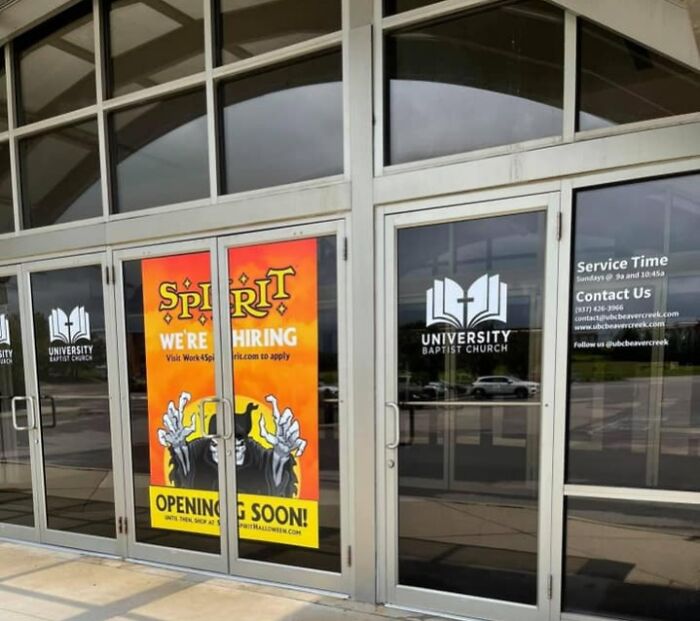




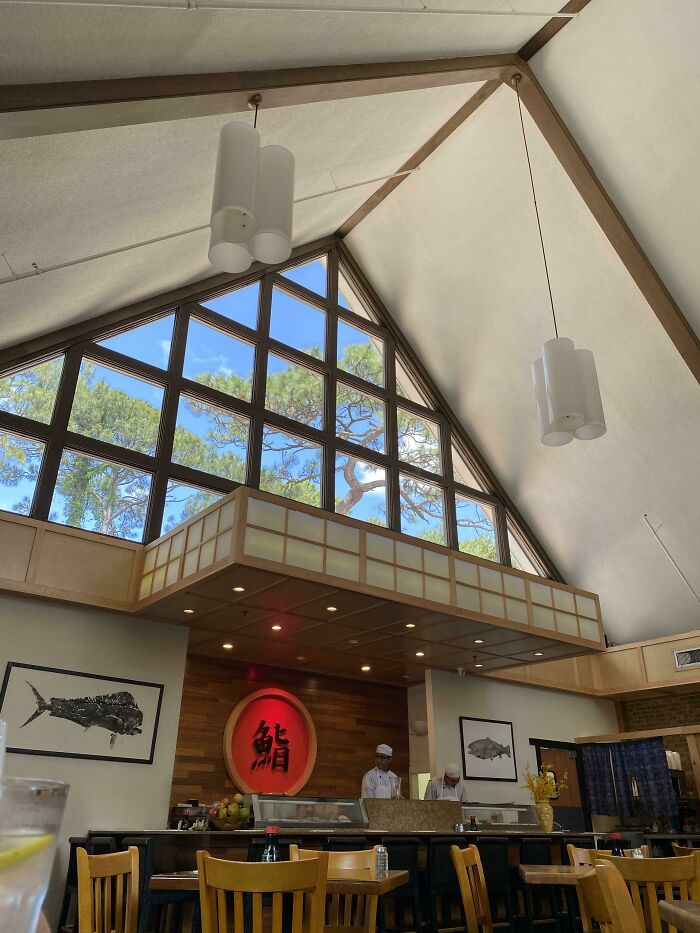
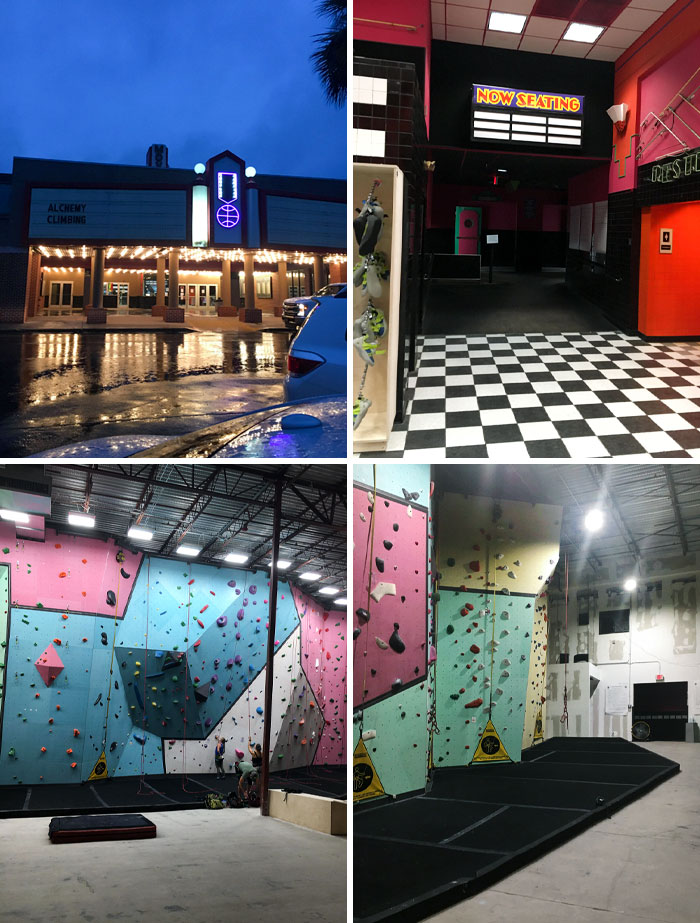
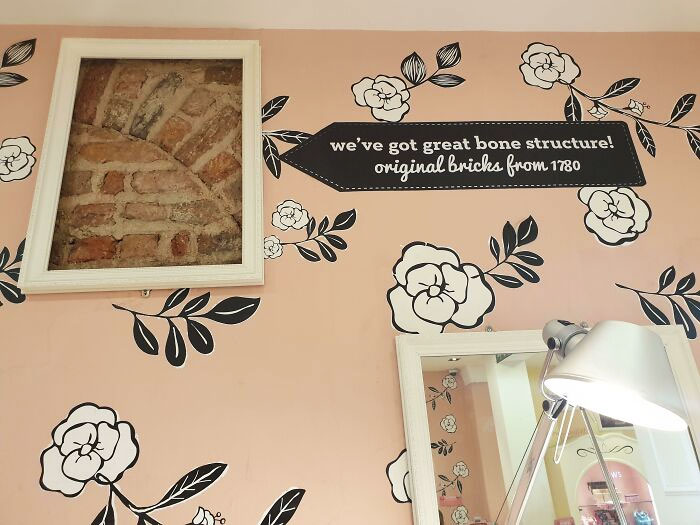
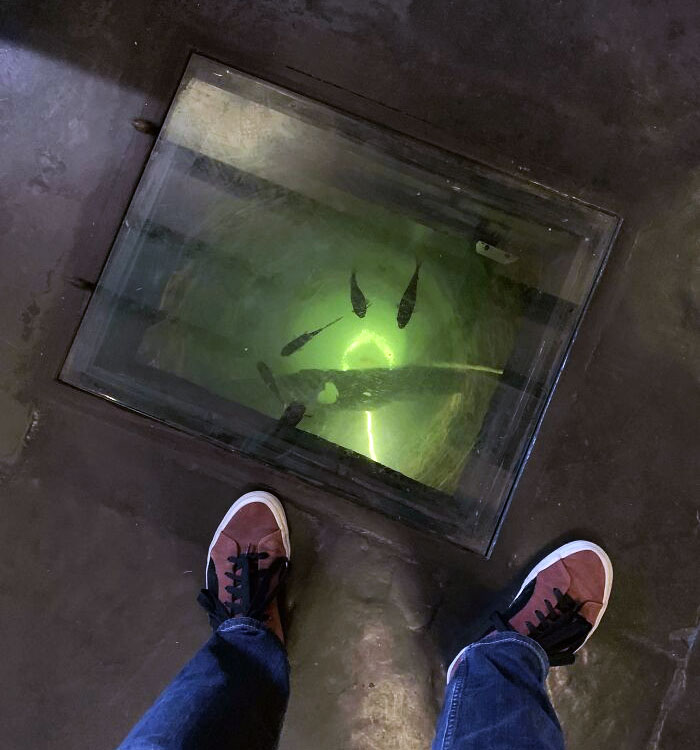




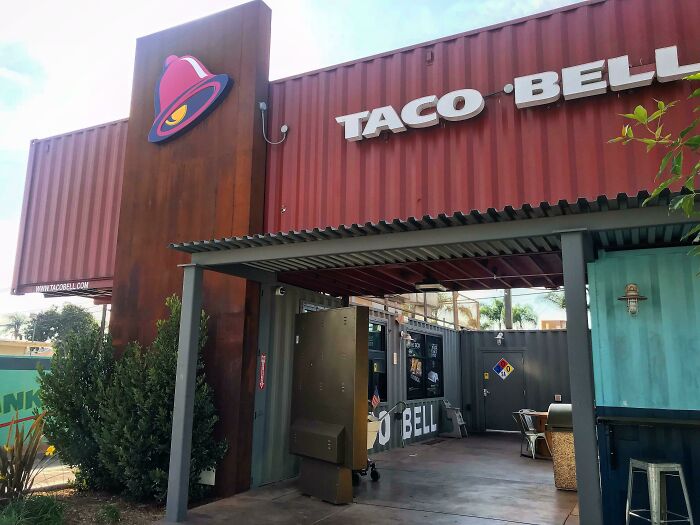
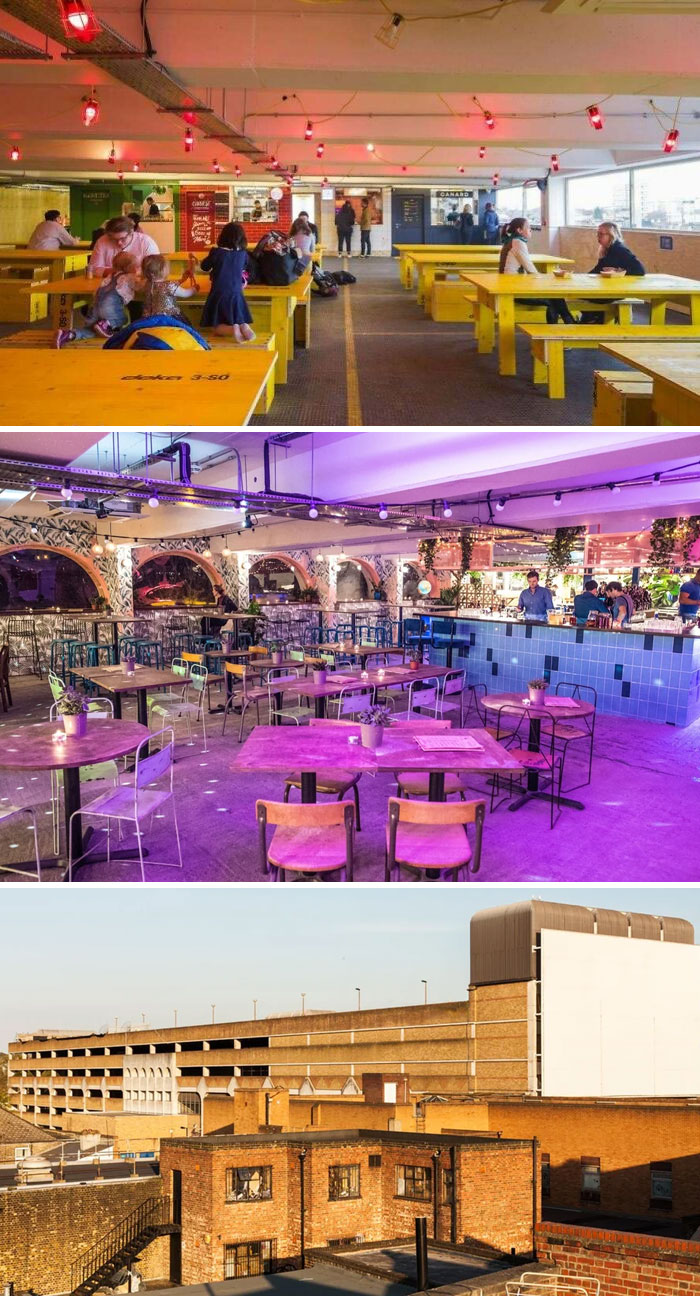
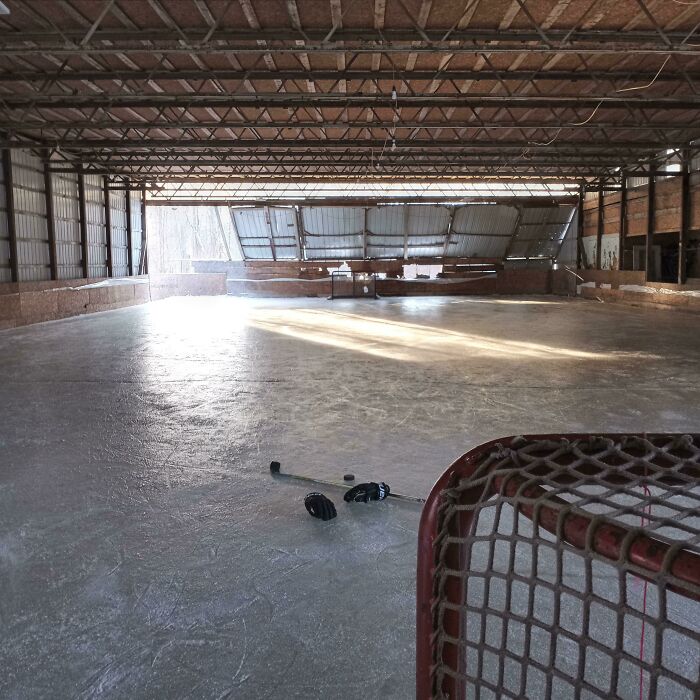
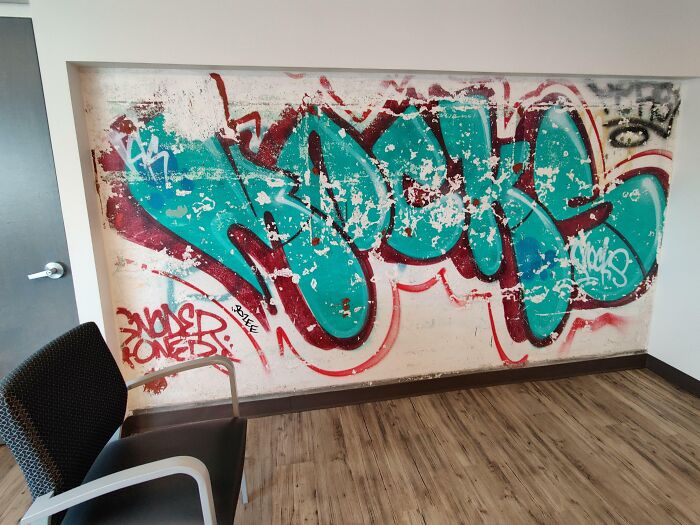





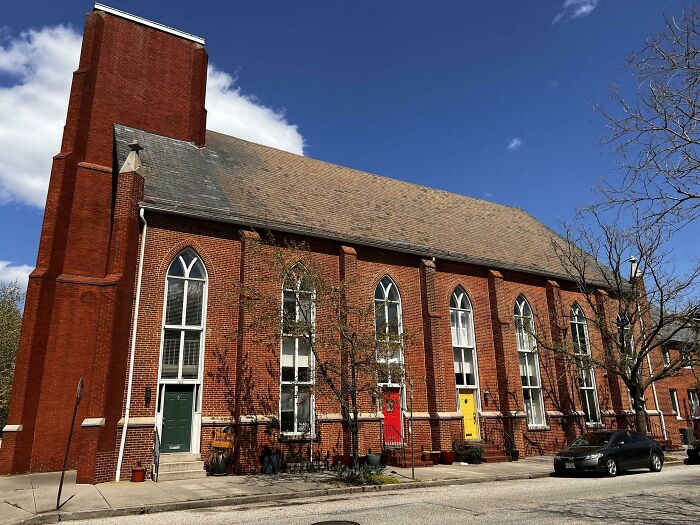
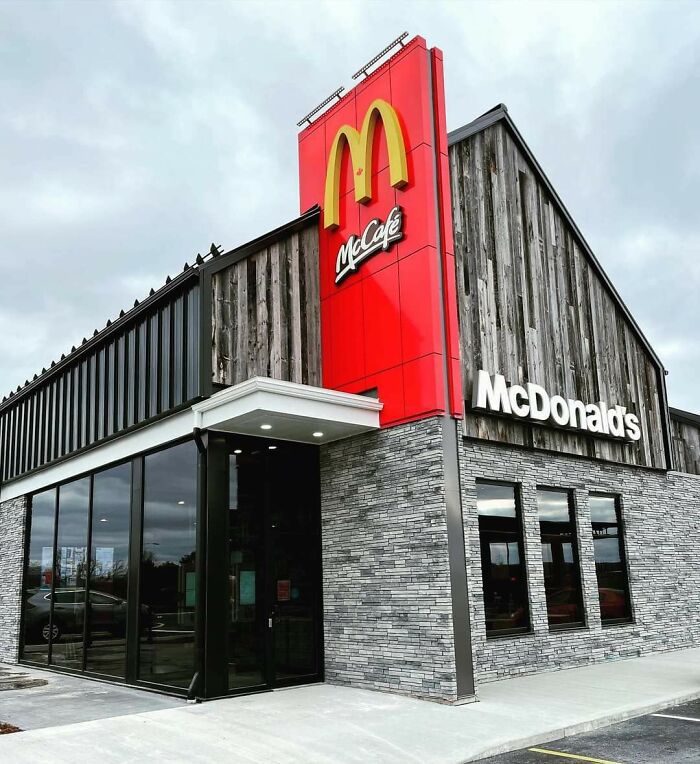
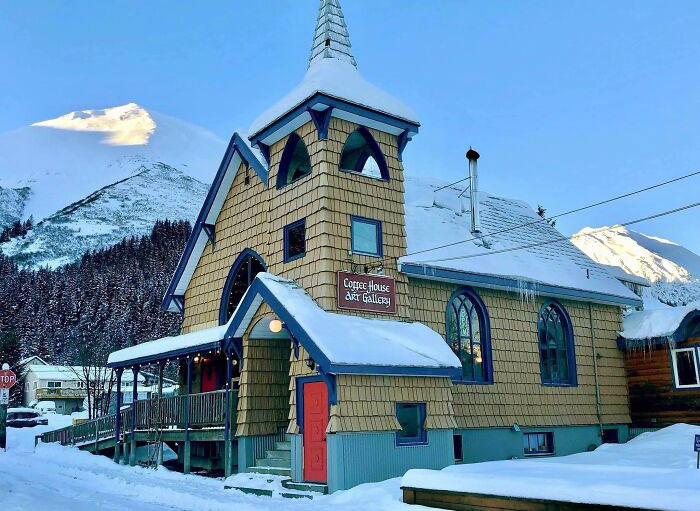




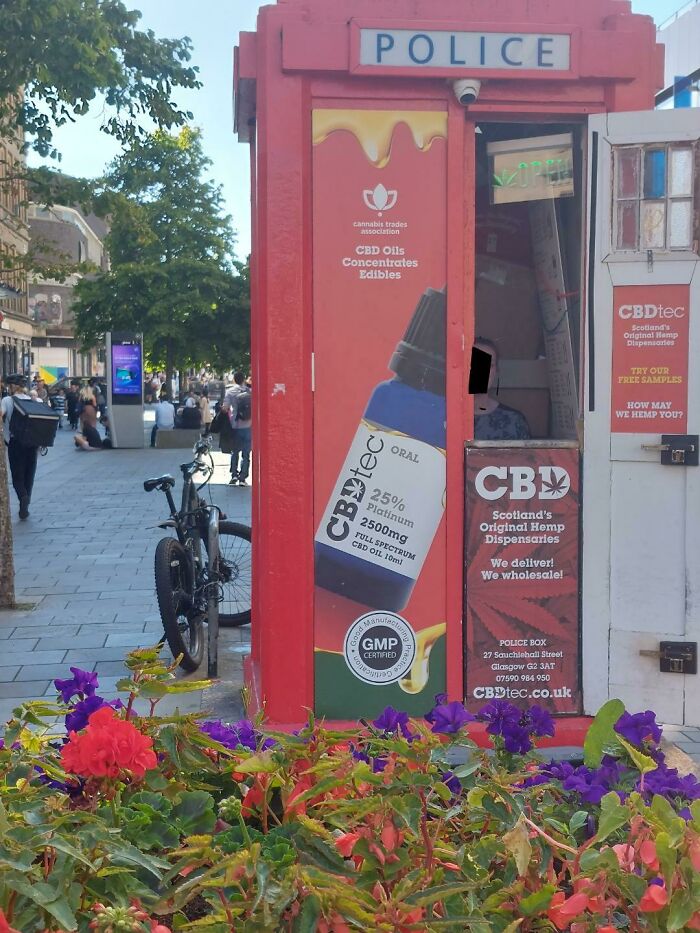

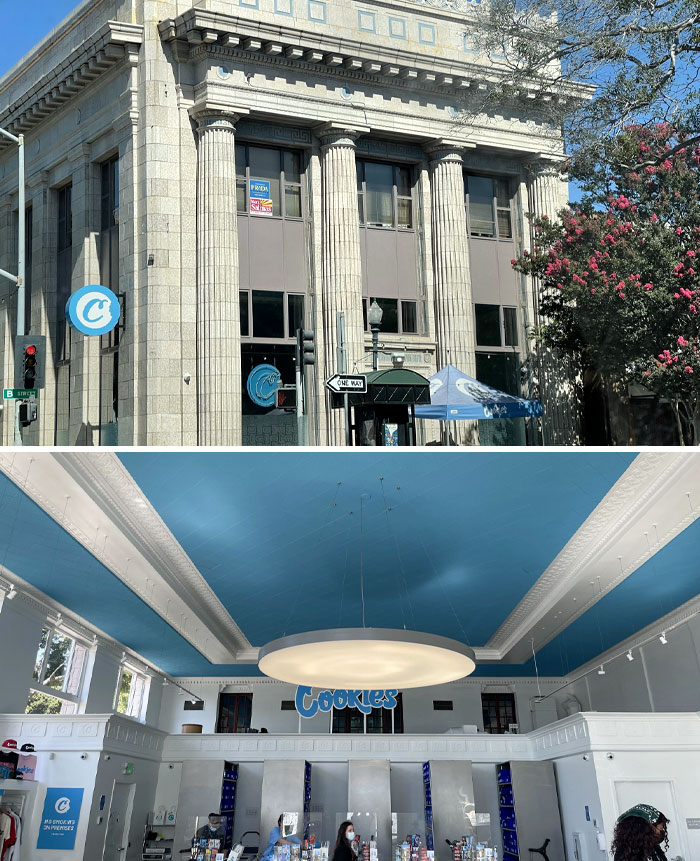
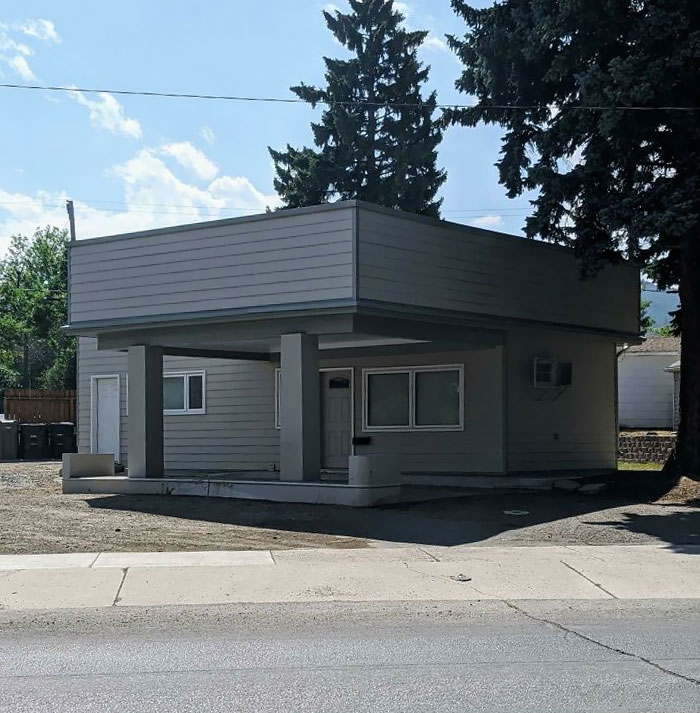




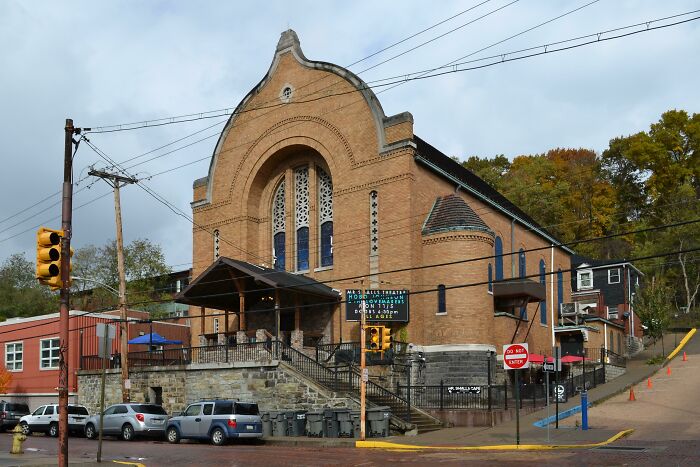
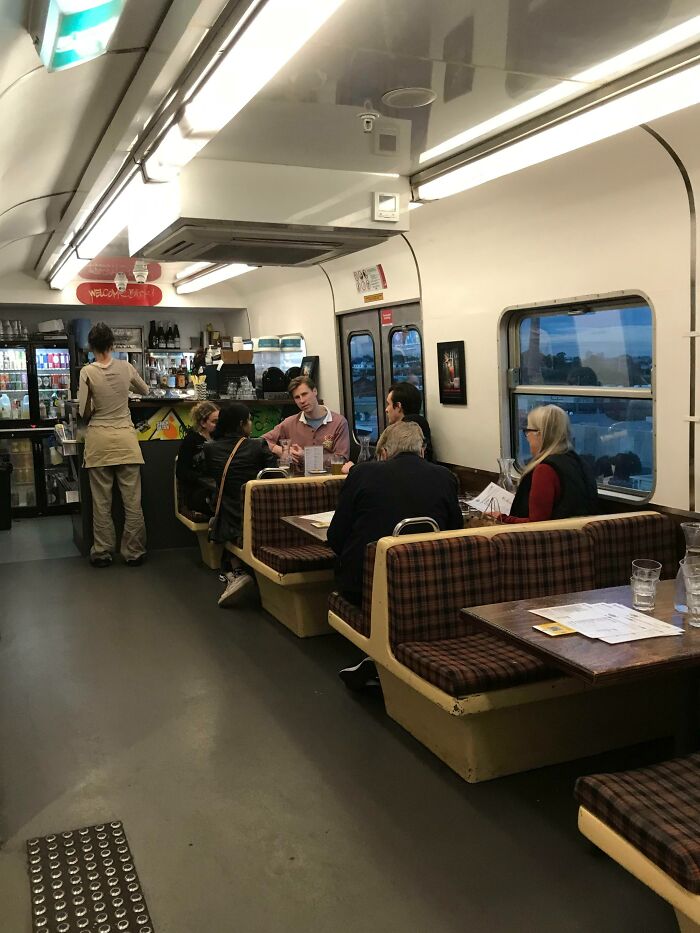
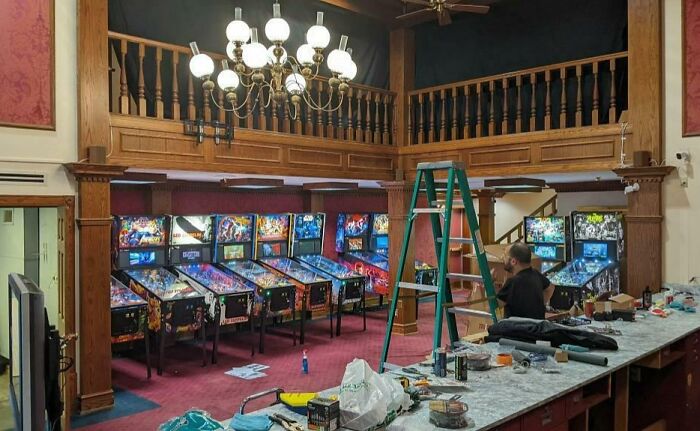
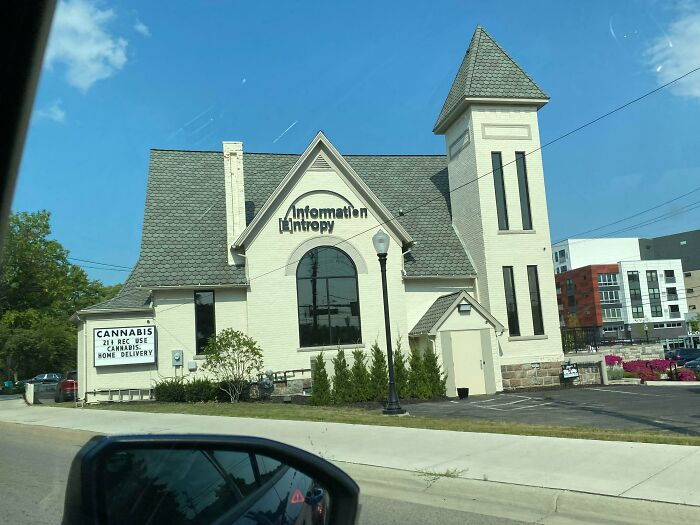




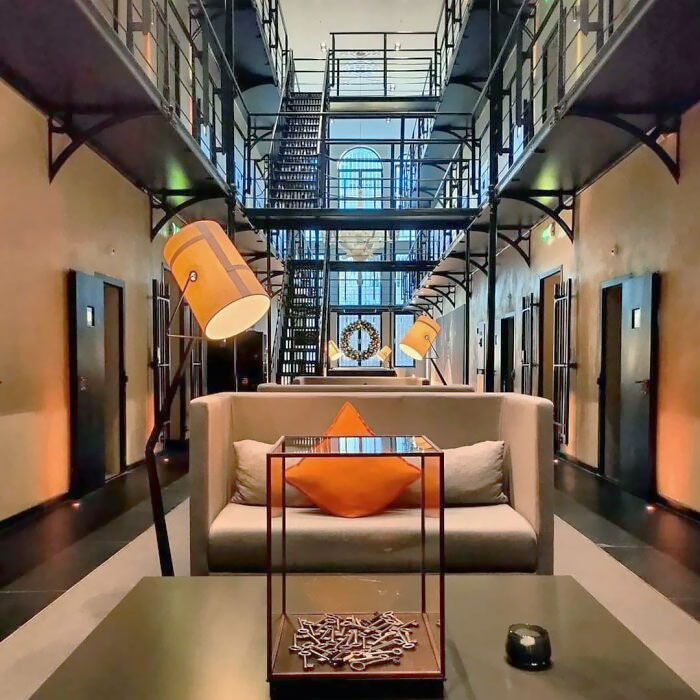
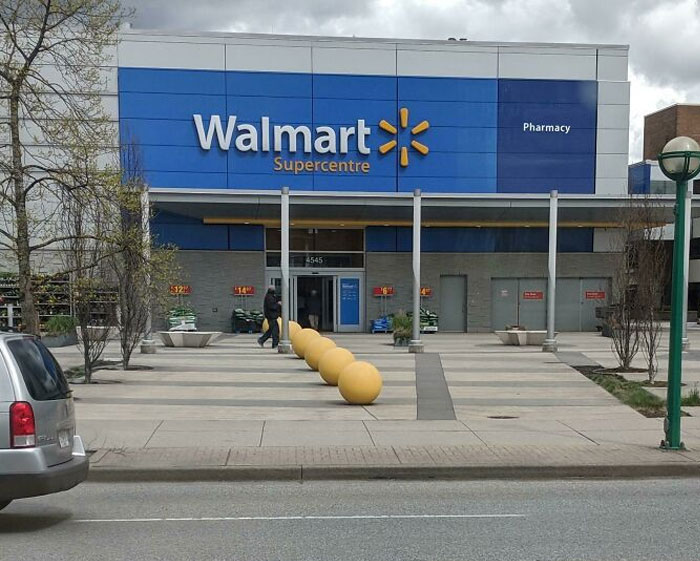

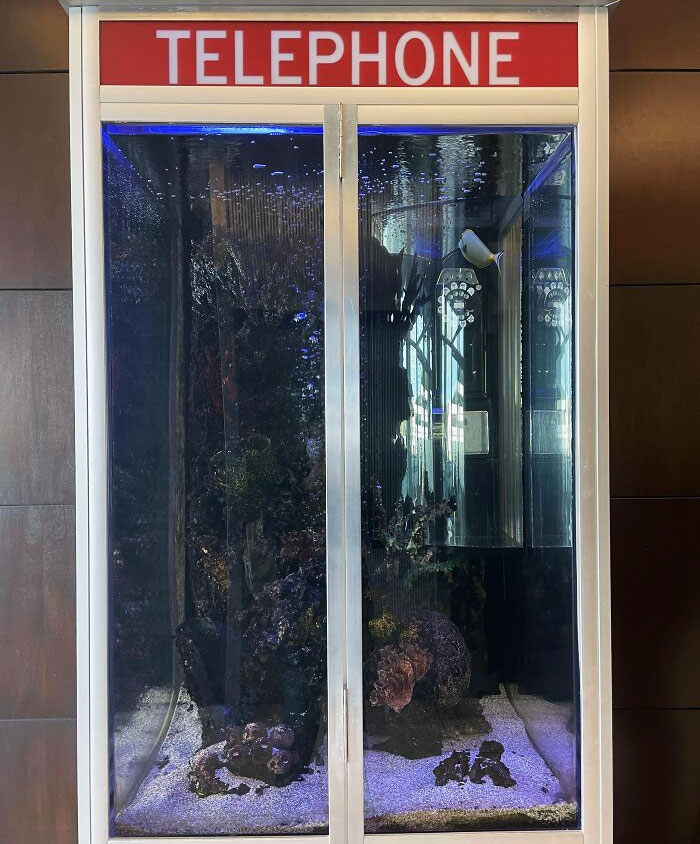





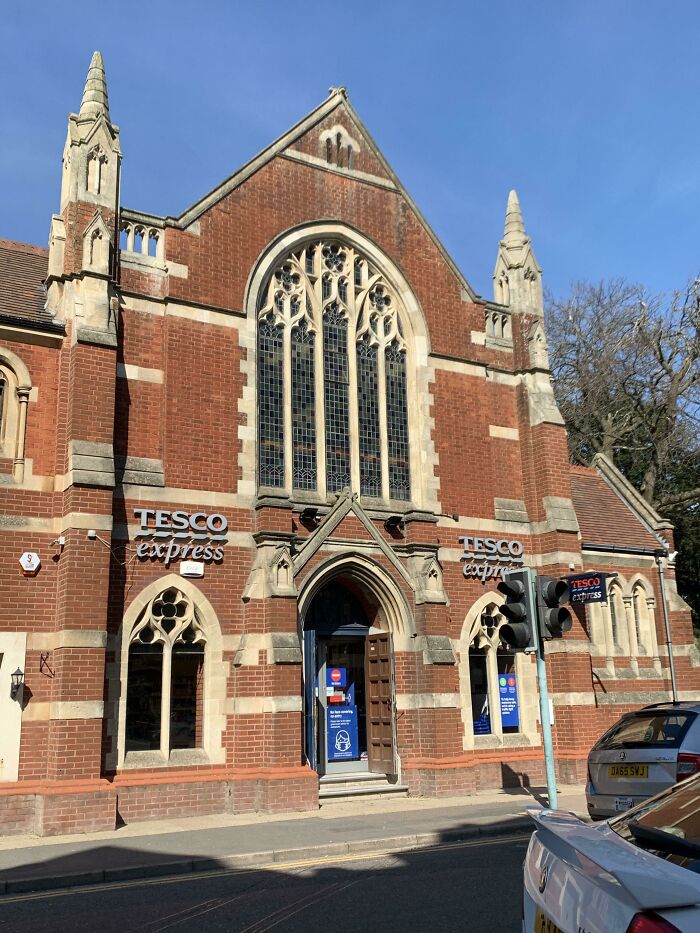
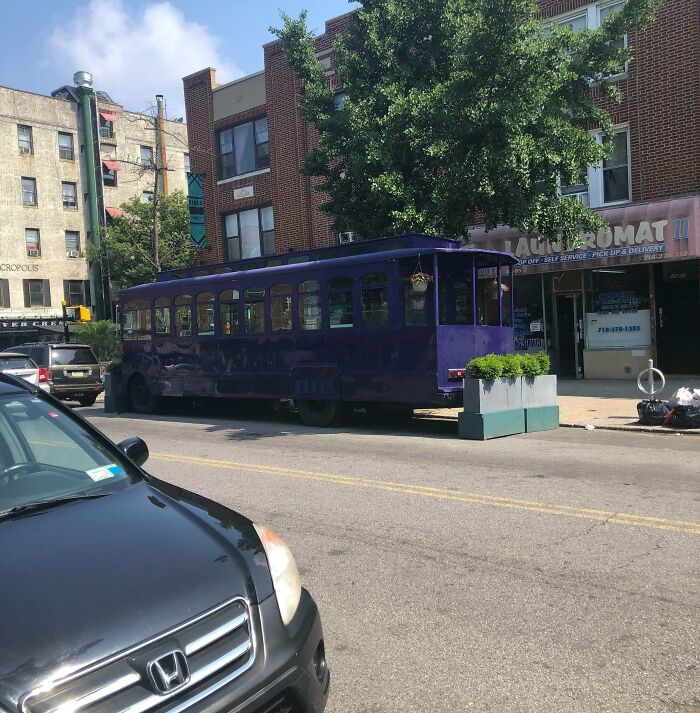
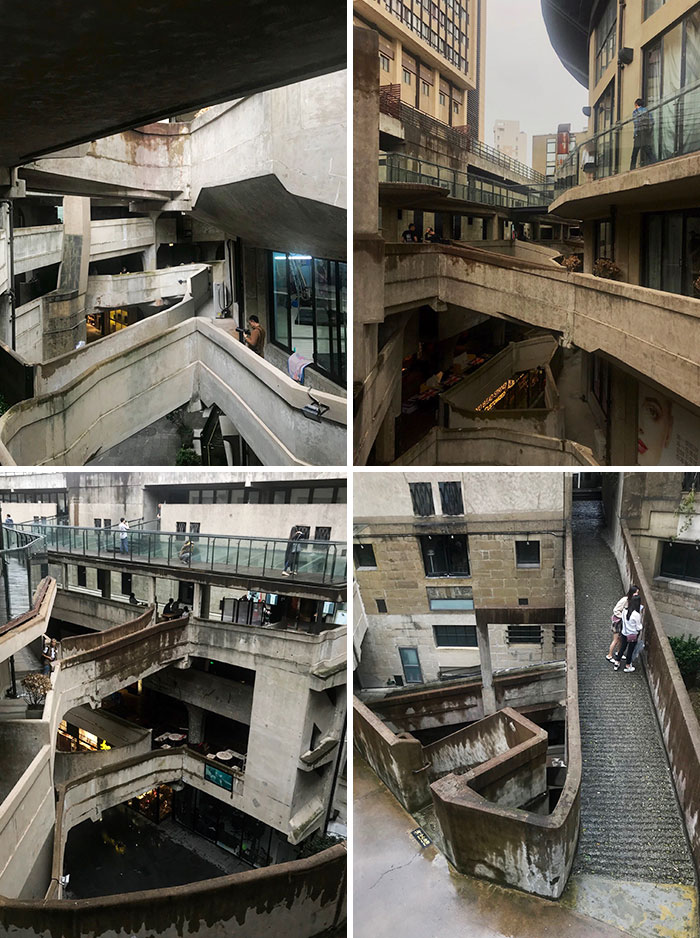
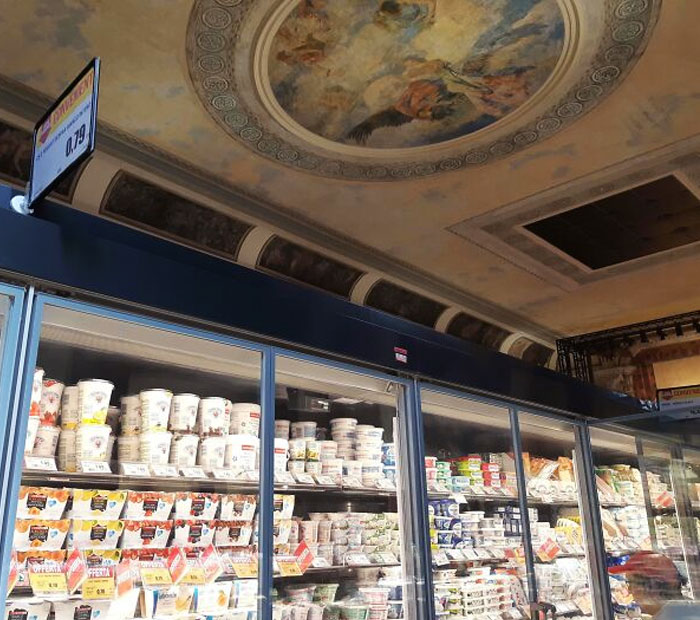
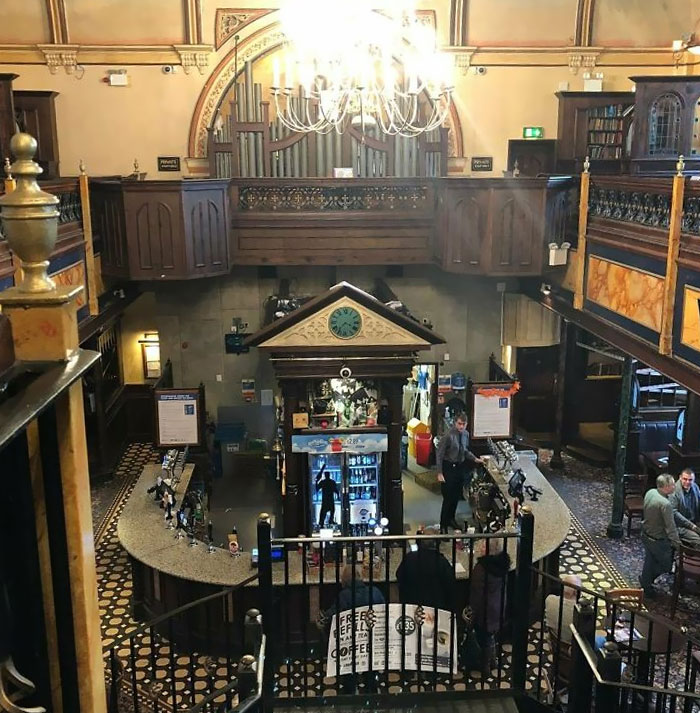
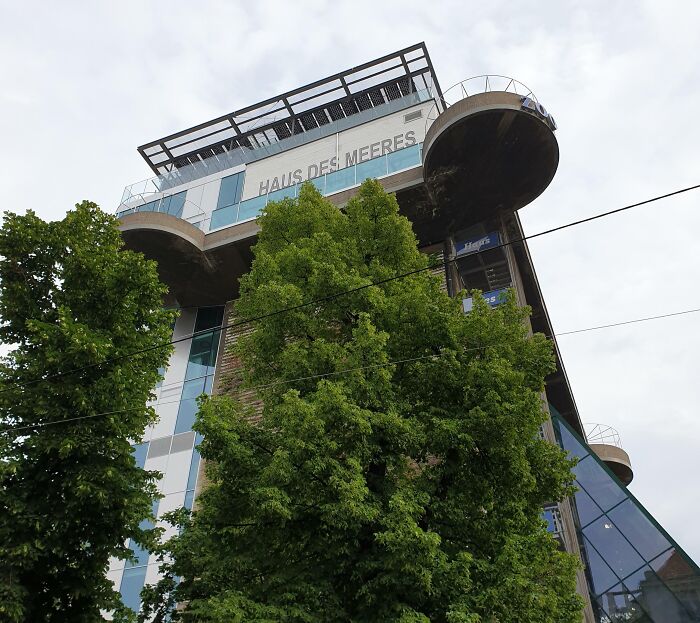
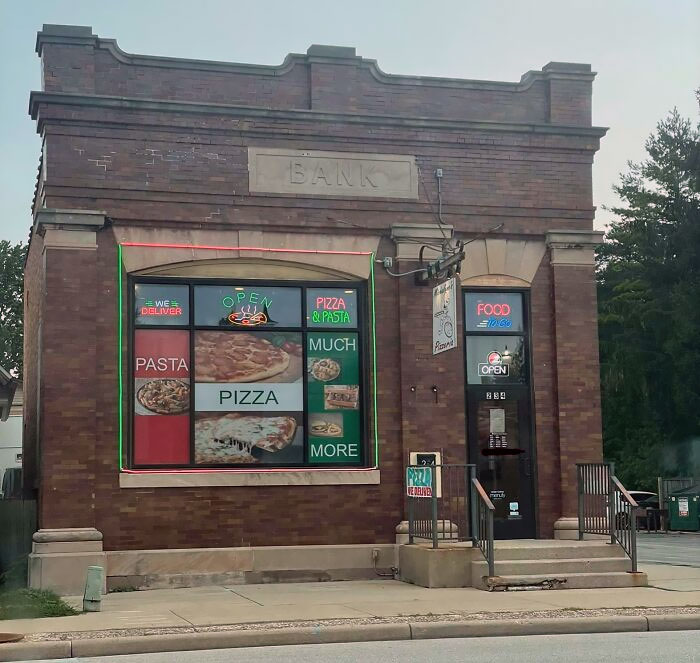
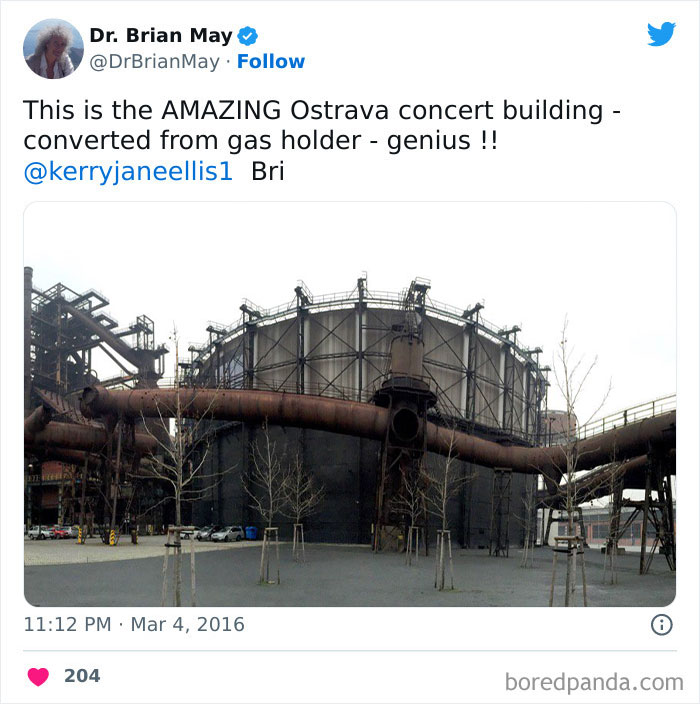
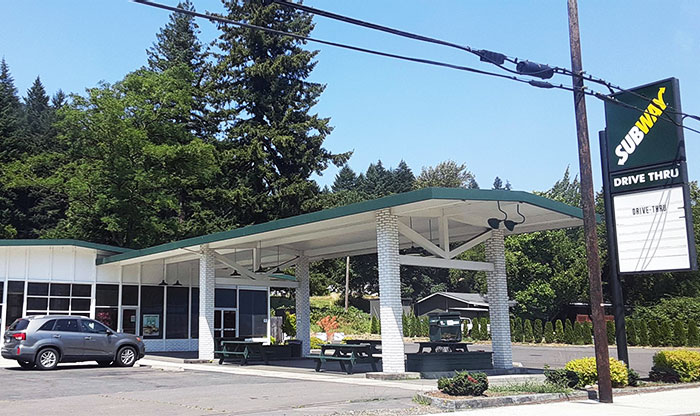
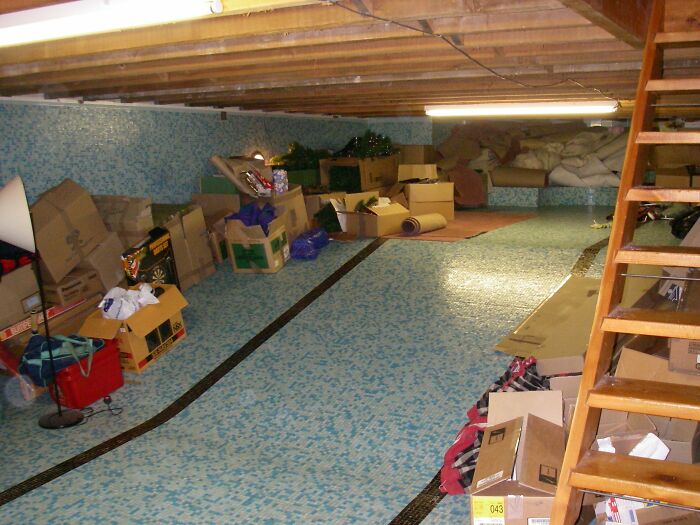
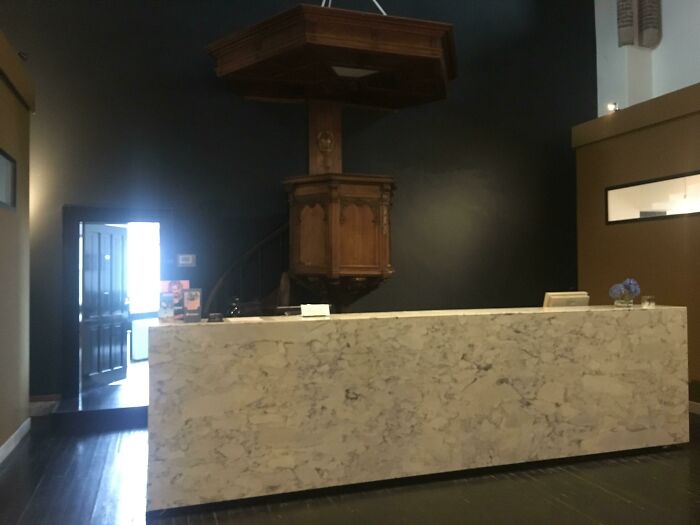
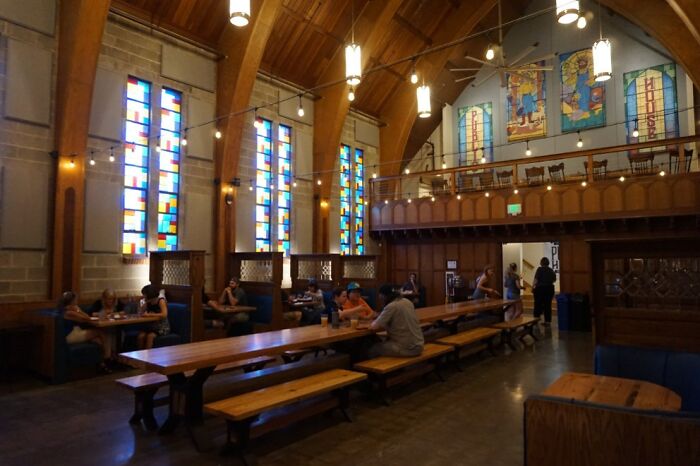

![The White House Swimming Pool [1933] To The White House Press Room [2021] The White House Swimming Pool [1933] To The White House Press Room [2021]](https://www.boredpanda.com/blog/wp-content/uploads/2023/02/repurposed-converted-buildings-2-63f3973ce3fe7__700.jpg)
